FUJIFILM X-S10 Camera Review
Dustin Abbott
January 5th, 2021
Fujifilm has long carved out their own unique path in the competitive mirrorless camera market. They’ve elected to focus on APS-C on one end and Medium Format at the other extreme, skipping the very popular full frame space altogether. Many of their APS-C cameras fall on the premium end of the spectrum in terms of performance and price, and I suspect they’ve been most vulnerable in the moderately priced space where Canon, Sony, Nikon, and Olympus have a number of popular models. The Fujifilm X-S10 is their answer to this problem, combining some of the higher end features from the premium X-T4 with a smaller size and simplified control setup more akin to the X-T200 than the X-T4. The X-S10 packs a good bit of what makes the X-T4 special into a smaller, cheaper (about $1000 USD) body, but also loses a few of the things that many Fuji shooters appreciate.
Here are some of the specifications of the X-S10:
- 26MP X-Trans BSI-CMOS sensor
- 5-axis in-body image stabilization
- On-sensor phase detection
- 3″, 1.04M-dot fully articulating touchscreen
- 2.36M-dot OLED electronic viewfinder
- 30 fps burst shooting with crop (up to 20 fps without)
- DCI and UHD 4K capture at up to 30p with F-Log support
- External mic and headphone sockets
- 325 shots per charge using LCD
- USB Power Delivery support
- Single UHS-I card slot
- Wi-Fi + Bluetooth
The headline feature here is that the X-S10 is one of the few Fuji cameras with In-Body-Image-Stabilization (IBIS), which has formerly been only on a couple of top models. Fuji had to develop a whole new miniaturized IBIS system to fit into the X-S10, but I can attest to the fact that it works well. What’s great about IBIS is that can be used on all your lenses, and in most cases it is rated for six stops of stabilization, which is excellent.
I focused mostly on two 50mm lenses during my review: the new high end Fujinon XF 50mm F1.0 WR lens along with the MUCH smaller and more affordable XF 50mm F2. I also did a little shooting with the Viltrox AF 56mm F1.4 as a comparison. In many ways I think the new X-S10 may be the most compelling mix of features to price in Fuji’s lineup. It has the same sensor and focus system as the much more expensive X-T4, and adding the IBIS into the mix makes it an easy pick over the X-T30 ($100 less). At the same time, however, this is essentially a repackaging of existing Fuji technologies, and there is nothing here that stands out as a notable improvement over anything I’ve seen from the company before. I still find the autofocus system behind the curve from the competition as well. But we’ll explore all of that in detail in this review. If you would prefer to watch your reviews, you can check out either the long format definitive review or the shorter standard review below:
Follow Me @ Patreon | My Newsletter | Instagram | Facebook | Twitter | Flickr | 500px
Build, Handling, and Features
The X-S10 is an interesting camera in that Fuji has taken a number of high end features and packed them into a considerably smaller body. The X-S10 is considerably lighter than, say, the X-T4 (415g vs 526g, body only), and is also 12mm smaller in width, almost 8mm shorter, but, interestingly, 1.5mm deeper (126 x 85.1 x 65.4mm).
It’s that last one that is the most interesting, as while Fuji has made the X-S10 smaller and lighter, they’ve also expanded the grip to give you a much more substantial grip, making this one of the better compact cameras to hold. That was very necessary while reviewing the XF 50mm F1.0, as that lens is very chunky and heavy.
If there was any downside to the deeper grip, it was unique to this combination, where the deep grip combined with a very wide lens made for a close fit for my fingers between the lens barrel and the grip of the camera. In most situations, though, I definitely appreciate a camera that I can really grip. There’s also a fair good thumb rest on the back of the camera that makes holding the camera fairly comfortable, though as always with a smaller camera body, I feel like my pinky must go underneath the camera as I don’t have room on the grip for all four fingers.
Viewed from the front, the X-S10 has a classic Fuji camera profile, though conspicuously missing is my favorite little control level for choosing between M/S/C (Manual, Single Shot, Continuous).
It’s a somewhat curious omission, as the lower-priced X-T30 has it. I find this control particularly important on Fuji bodies as Fuji lenses themselves almost never have an AF/MF switch, so that lever is the simplest, most direct way to enable MF. I had to go into menus to choose MF, which is obviously a slower process.
While I’m griping, I’ll detail my other main handling complaint. Like the X-T30, the X-S10 has only a single SD slot (and only UHS-1 compatible) that is located down in the battery compartment on the bottom of the camera. The camera could use faster data transfer, for one (as we’ll see in the autofocus/burst section), but that location means that if you ever work from a tripod (for video or stills) and mount a quick-release plate, you almost always have to remove or at least loosen the QR plate so it can be moved out of the way to access the battery compartment and memory card.
It may seem like a minor thing, but as someone who does major projects where I’m collecting a lot of video and stills for reviews, this gets really annoying. I MUCH prefer a memory card location on the side of the camera. The higher end X-T3/4 cameras have two card slots (UHS-II compatible) and a memory card compartment on the side.
The battery itself is the lower end NP-W126S Rechargeable Lithium-Ion, 8.4 VDC, 1260 mAh unit that is rated for 325 Shots, which is well beneath the 600 shot rating on the larger battery pack found in the X-T4. The larger grip on the X-S10 clearly has room for the larger battery, so this was obviously a choice made for market separation, though I will say that Fuji, has, for the most part, kept that kind of thing at a minimum.
One surprising area that they didn’t skimp on was on the frame of the camera, as, instead of being polycarbonate (plastic), it is actually the more premium magnesium alloy we see on higher end cameras.
This promises to make the camera more durable and professional grade, though that is counterbalanced by the reality that there is no weather-sealing in the camera body.
Sigh.
The realities of mid-level cameras, where you are sometimes delighted by what’s there and then frustrated by what is not.
On the positive note of what is here, we have a wonderful 3″ 1.04 million dot inch resolution fully articulating touchscreen, which is by far my preferred setup as it allows for front monitoring.
My anecdote here is that while filming the standard review video (which I did on the X-S10) I ran into an issue with that smaller battery (made worse by filming in the cold) which died prematurely on me. I would not have known this and would have wasted even more time with the rest of my monologue to a dead camera if I hadn’t seen the screen go black. That flexible screen gives you many more options for positions where you can film or photograph while still being able to see the screen. One other favorite of mine is to have the screen out to the side and facing up while using a gimbal. It makes monitoring much easier without resorting to an external monitor.
The touch capacity falls somewhere in between the Canon and Sony extremes (the two primary systems I shoot with personally). Canon has the best touchscreens; they are the most responsive and allow full menu navigation via touch. Sony has very limited touch capability, with touch essentially being limited to moving a focus point around or selecting a focus area (no menu navigation of any kind). Fuji falls in the middle currently, allowing you to select focus areas, touch to capture, and to navigate the Q (quick) menu, but no navigation of main menus and there is noticeable input lag when compared to the better response of Canon’s screens.
Speaking of that Q menu…
On the X-T30, the Q button was placed right on the thumb rest area, a serious ergonomic faux pas, so Fuji has wisely relocated the Q button from there. The new position (on top of the camera) works fine, though it won’t be intuitive for anyone who has used just about any other camera, well, ever. Every Q menu button I’ve previously seen has been located on the back of the camera, so it will take a while before you instinctively reach for it there.
There is also a dedicated ISO button there, which I certainly approve of.
You’ll also note that instead of the traditional Fujifilm control scheme that leverages retro-style dials for ISO, shutter, and exposure compensation, Fuji has opted for a more generic set of controls. This includes a mode dial similar to what you would see in many cameras and then front and rear dials to control things like shutter, aperture, or exposure compensation.
This more standard scheme feels a lot less “Fuji”, but will probably also make the X-S10 feel more accessible to those unfamiliar with the Fuji way of doing things and will probably also serve to make the camera less intimidating to those photographers put off by the more analog approach Fuji has taken in the past. Everything works fine, however, and you’ve still got a better ergonomic setup than what you’ll find on the Sony a6xxx series.
I don’t like the shutter button quite as well here, though. It’s fairly flush with the top of the camera, meaning that you have to depress it by shaping your finger a bit. I find the travel a little too long, making it harder to activate than other Fuji models, and that is further complicated by the fact that it is winter (in Canada!) and I’m often wearing gloves. That same observation also applies to the video record button located by the shutter button, which is very small and sits flush with the top of camera. Both of these buttons would be more useful if they were raised a bit and easier to find by touch.
The rear of the camera has a small joystick that helps navigation and selecting a focus point along with the standard compliment of buttons that one would expect to find back there.
The left side of the camera has three ports in two compartments. The top port is a clean, compact microphone input slotted nice and high that can also be used as a remote shutter release port. A dialogue on the LCD screen smartly pops up when you plug into the port asking if you want to select something other than a microphone input. You can jump directly into those menu settings if desired, or it will go away in a few seconds if you don’t want to change anything.
The second compartment has a micro-HDMI port along with a USB-C multipurpose port. The USB-C port can be used for everything from data transfer to internally charging the battery to even becoming the headphone monitoring jack via an included dongle in the box.
The top left side of the camera has a lever that will pop up the built-in flash, which has a 16.4′ (5 m) at ISO 100 guide number. Not particularly powerful, but useful in a pinch if you use it right. I only rarely use a built-in flash because they probably ruin more pictures than they help!
There’s also a dial there that is mostly used for selecting a film emulation style. This is a bigger deal on Fuji cameras than most other systems as they have more varied (and often better) emulations that can really give you a certain “look” for your JPEGs in camera. It’s particularly handy for those that prefer to shoot JPEG and not process RAWS, as the film emulation style doesn’t effect RAW images.
The headline feature here is that the X-S10 is one of the few Fuji models that has IBIS (In Body Image Stabilization). This is a hugely desirable feature, as it provides true sensor-based optical stabilization that works with all of your lenses. You can even input the focal length if you are using a manual focus or adapted lens and don’t have electronic contacts. Fuji had to miniaturize the IBIS system by about 35% to get it to work here, but it does work very well. It is CIPA rated at 6 stops of assistance, essentially right between the now discontinued X-H1 (5.5 stops) and the X-T4 (6.5 stops). I was able to get fairly repeatable results in this environment with one-third second exposures (and a 50mm lens, and with Fuji’s crop factor that is about a 76mm full frame equivalence), so that equals nearly 5 stops of assistance.
I probably could have gone a bit lower if I had tried, but the bigger value to me is the ability to have IBIS cover the “misses” when shutter speeds get a little too low and then also to help to smooth out video footage. It makes a big difference there, particularly when handholding static scenes or doing small pans. Walking with the camera still isn’t nearly as natural as using a gimbal, but it does help.
The IBIS system here is nice and mannerly. Fuji has done a nice job of executing things, and I’m impressed with the performance in this compact camera.
The viewfinder is a fairly typical 0.5″ number with 2.36 million dots of resolution and a 0.62x magnification. It works fairly well, but isn’t top tier (the X-T4’s has a higher 0.75x magnification and is higher resolution at 3.69 million dots of resolution. I’d call this average for the class. I’ve collected a lot of the technical specs into one document that you can see by clicking here if you like:
So, to recap, the main strengths here are 1) IBIS 2) Articulating LCD screen 3) Magnesium alloy body. The main weaknesses are 1) No weather sealing 2) No focus mode dial on the front and 3) Single UHS-1 SD slot located on the bottom. All told, however, this camera is pretty standard for its class, and undercuts the Sony a6600 (which also has IBIS) by about $400 USD. It feels good in the hands and has good ergonomics.
Fujifilm X-S10 Autofocus System
The Fujifilm X-S10 inherits the focus system we’ve seen on a number of Fuji cameras beginning with the X-T3. It’s a good AF system that is competitive on paper with alternatives from other brands, though with a few practical limitations where Fuji still lags. We’ve got a hybrid phase detect/contrast AF system, with 425 phase detect points that are selectable across the frame. Use the rear wheel to expand or contract the active focus/tracking area.
The thumbstick can be used to move the focus point around, and, if enabled, you can also touch on the screen even with your eye on the viewfinder to do the same. What I find less intuitive, however, compared to Sony and Canon is that even if you have all points active, the focus system will still search for focus only in the active “box”, which you still have to move around. I prefer the Canon/Sony approach where the camera scans for what it thinks your focus subject will be (its typically right!), and you can override the Ai scan by touching the area you want if necessary. The latter process is faster and more intuitive, and I wish that Fuji would adopt it. Once you’ve put the box on your subject, the camera will track it if you keep the shutter button half-depressed and move the camera around (or it moves), but you’ve got to manually select where to focus initially.
The focus system is capable of precision focus, however, even at F1.0:
Things are a bit more intuitive if the camera detects an eye, however, and it will automatically start tracking the eye even if the active focus area is not located there. This can be overridden if desired. Eye detect worked well and gave me good results.
I would say I had a better focus experience than I did on the X-T200, which was the last Fuji camera I reviewed.
Fujifilm’s AF system will track action fairly well, though without quite the same precision or as smooth a process as the newest Sony and Canon models. There’s a bit less sense of precision with the focus area (being able to visually see action being tracked) in the viewfinder, and a few more missed frames. I was able to get pretty good action results, though.
The limiting principle here, as always with Fuji cameras, is insufficient buffer depth. The shutter burst rate is good, with 8 FPS available with the mechanical shutter but a jump up to 20 FPS available with the electronic shutter. One can even stretch that up to 30 FPS in their “sports mode” that has an additional 1.25x crop factor (smaller files can move through the pipeline faster). All of these figures are nicely competitive, but shallow buffers limit the effectiveness of the burst rates. Here’s the breakdown:
- Mechanical shutter (8 FPS) 17 RAW | 105 JPEG
- Electronic shutter (20 FPS) 17 RAW | 32 JPEG
- 20.9 MP Crop/Sports Mode (30 FPS) 17 RAW | 29 JPEG
So best case scenario is the slowest frame rate, where if you shoot JPEGs you can get a 13 second burst before the buffer fills. If you want RAW files, though, you are stuck at only 2 seconds of action. Worse, however, is if you want to take advantage of that great 20 FPS burst rate while being able to track action. If you are shooting RAWs, that is less than one second of action before the buffer fills, and even if you shoot JPEGs you end up with well less than two seconds of action that you can capture before filling the buffer.
This is a little harder to illustrate in a text review rather than video, but one of my bursts I managed to get 50 frames (20 FPS, shooting JPEGs). That did exceed the buffer rating a bit, but meant that after less than 2.5 seconds the frame rate was dropping.
If you look at the first five photos in this sequence, you can see the normal pace of capture, but you’ll see that the action seems to jump ahead in the final frame. That’s due to the frame rate dropping to a much slower pace, so there is a gap of missing frames in the sequence.
The bottom line is that there is a reason why you don’t see Fuji cameras on the sidelines of sporting events. They have to solve their buffer problems if they want to be considered serious action camera players. Good tracking is let down by the limitation of not being able to capture full sequences of action. To Fuji’s credit, however, it doesn’t have the painfully slow clearing of the buffer that equivalent Sony cameras have.
There is one other area that I continue to be disappointed with Fuji’s AF performance, and that is when it comes to video face tracking. I often will use the camera or lens that I’m testing to film one of my video segments so that viewers can see the look of footage, but I hesitate to do that with Fuji gear because there is typically a distracting amount of pulsing where autofocus inexplicably leaves my face and then pulses back. My audience hates it…and so do I! I did use the X-S10 for the standard video review, and would have stretches where things were good and then periods where suddenly there was a lot of pulsing.
With rival systems I almost never have an issue with this unless I’m working with a new lens that doesn’t have the final (retail) firmware and the autofocus is still in a beta stage.
Fuji has improved, and now has real time face and eye tracking during video, but unfortunately it just isn’t as sophisticated as the competition. Here’s hoping we see that change in the future.
The X-S10 allows you to configure the shutter so that the camera will automatically switch between mechanical and electronic shutters depending on shutter speed. The mechanical shutter has a lower-spec 1/4000th shutter speed limit, but that’s easily overcome by the switch to electronic where the shutter speed limit is a whopping 1/32,000th of a second. This switch happened often when I was reviewing the 50mm F1.0!
So, to recap, the strengths for the AF system are 1) good spread of AF points across the frame 2) good action tracking performance (and faster frame rate options than many competitors) 3) improved Eye AF and face tracking. Weaknesses include 1) Less consistent face tracking in video leading to occasional pulses 2) good tracking system let down by shallow buffers and 3) less intuitive full sensor scanning of subjects that requires more manual intervention than competing systems.
Fujifilm X-S10 Video Performance
Modern mirrorless cameras are amazing hybrid devices. They are not only capable stills cameras, but they are often surprisingly robust video platforms. The X-S10 definitely qualifies, giving filmmakers a lot of options for video capture and very nice quality footage. Here’s a look at the video specifications.
While 4K capture is limited to 30 FPS (X-T3 and X-T4 give you 60 FPS), I did note you have a choice between DCI and UHD framing (not all cameras give you that option). Another uncommon option is that you can select a slightly higher resolution DCI 2K framing (2048 x 1080) where you have more framerate options (up to 60 FPS), and at full HD you can select slow motion options like 120 and even 240 FPS for shorter bursts (though who shoots longer than 3 minutes of 240 FPS anyway?)
You also have a series of FLOG options if you want to grade footage, and I found the footage easy to edit and play with. Internal recording is limited to 8 bit footage, but the X-S10 can output 4:2:2 10-bit video via HDMI.
The quality of footage is good, and Fuji’s excellent color science works well for getting great looking footage.
On a practical level, I have only one real criticism of Fuji’s video performance, and that actually has to do with continuous autofocus while capturing video. I find that focus pulls from one subject to another are frequently not as smooth as what I see from either recent Sony bodies or Canon bodies with DPAF. One can often see a visible stepping instead of a smooth transition, and this is exaggerated by the fact that many of the Fuji catalog lenses were designed before video AF was a serious consideration and thus the AF performance for video is still pretty primitive by today’s standards. Even the brand-new Fujinon XF 50mm F1.0 was really disappointing for video AF, though that may be an extreme example. Bottom line is that a lot of Fuji lenses are due a refresh to make them actually good for video use.
Those minor criticisms aside, however, this is an amazing little video camera…and having an excellent IBIS system really adds to the flexibility of the platform for video users.
Fujifilm X-S10 Sensor Performance
The 26.1Mpx X-Trans sensor in the X-S10 is shared with its more expensive big brother X-T4. This is now the fourth Fujifilm camera I’ve tested that uses this sensor (X-T3, X-T30, X-T4, and X-S10), so it is pretty familiar by this point. The sensor was originally developed for the X-T3, where Fuji said of the X-T3’s sensor, “[with] a newly developed sensor, the X-T3 features an APS-C-format 26.1MP X-Trans CMOS 4 sensor, which has a back-illuminated design to afford smooth tonal rendering, improved low-light performance, and a low native ISO 160 setting. As an X-Trans sensor, it still utilizes the randomized pixel array, too, which provides a high degree of image quality and sharpness due to the omission of an optical low-pass filter. Versus conventional pixel patterns, the X-Trans design more closely mimics the organic nature of film in order to produce nuanced colors and tonal transitions, while also reducing moiré and aliasing.”
I’ve spent time with and reviewed most all of the competition, so, my quick conclusion is that this sensor is a competitive one but not a clear winner in any category. The Sony 24Mpx sensor in many of its cameras has a bit more dynamic range and slightly better ISO performance. Canon has the resolution win with 33Mpx in its M6 Mark II. I’ve also not personally seen any area where I find X-Trans to be superior in some way to Fuji’s more traditional 24 MP Bayer sensors (like on the X-T200 that I recently reviewed). Fuji says that the X-Trans sensor produces a more film-grain-like noise pattern, but frankly this seems a little hyperbolic. I don’t really see it.
If you don’t want the technicalities, here’s a brief summation of the sensor performance. The X-S10 has a smaller native ISO range than competing cameras (160-12,800), and this feels a little unnecessarily restrictive (uncompetitive?) at this point, as Fuji is attempting to compete not only with APS-C models but with lower-priced full frame cameras as well. It’s not unusual for such full frame models to have an ISO range from 100-56,200. I like to charitably call this Fuji being conservative and avoiding the marketing extremes. I have found that Fuji competes well with, say, Sony, across its native range but Sony continues to have usable results after 12,800.
Likewise, Fuji’s sensors don’t quite have the same amount of dynamic range as competing Sony sensors (close to a stop less DR at base ISO), though the Fuji sensors are more competitive at higher ISO values. I found that shadow recovery is clean, but I start to see highlight clipping earlier on. Fuji does have a feature called DR200/DR400 that open up at higher ISO values (320/640) that will sample the highlight information from the base ISO while taking the midtone and shadow information from the selected ISO value. This does help the dynamic range to be more competitive.
But the tradeoff is that many people love Fuji colors, and they include a number of their film emulations that can give a unique “feel” to images and/or video footage. Fuji also has a fantastic JPEG engine, so if you just want to take photos and not spend a lot of time editing them to get the look you want, you may really enjoy the Fuji approach. I’ll add to this that Fuji also has some of the best lens profiles that I’ve seen, and I find that the JPEGs from many lenses look better than what the RAW files suggest.
ISO Performance
The native ISO range of Fuji’s 26Mpx X-Trans sensor is more limited than alternatives from Sony or Canon, running from ISO 160 to 12,800, with an expanded range going down to ISO 80 and moving up to 51,200 on the high end. I personally don’t ever use expanded ISO ranges and consider them more marketing than actually useful.. The native range is usable throughout, and even images ISO 12,800 are perfectly usable in many situations. Here’s a look at an image and crop taken at ISO 12,800:
At ISO 800 there is a mild addition of noise only detectable in the shadows. There isn’t a lot of difference from base ISO, however, and moving on to ISO 1600 shows little difference. At ISO 3200 there is slightly less contrast and slightly more noise, and that pattern continues at ISO 6400 and 12,800, where the noise becomes rougher and more visible in shadow areas.
I have found that the Fuji and Sony results looked more similar than different, though I would say that I found the a6500’s noise pattern a little rougher. The Sony’s native range does extend up higher, however, without going into “expanded” modes, and it definitely gives a better result beyond 12,800 than what the X-S10 does if you select the “expanded” range.
Fuji claims that they are delivering “full-frame-equivalent” results with their APS-C X-Trans sensors. Obviously the recent full frame competitors have a much greater ISO range (up to a native ISO 52,800 + expanded) and also have more sensor to collect light on. I downsampled the resolution of the X-S10 down to the 20 MP level of the Canon EOS R6 that I recently reviewed (which should give some benefit to the Fuji), and I found that the Canon had better contrast (shadows remained deeper), less visible noise, and less color shift/banding. Here’s a crop that shows part of what I saw.
All things considered, though, Fuji is doing pretty well considering how many pixels are packed into the smaller APS-C sensor size. A rough calculation of the pixel density on its 1.53x crop factor sensor means that you would need a full frame camera with around 60 megapixels to have a similar pixel density (closer to that of the Sony a7RIV). The camera like the the a7R3 (42MP) has more megapixels in an absolute sense, but relative to sensor size it actually has less. Pixel pitch is a measurement of the distance between each individual pixel (from the center of one to the center of the next. The a7RIV has a pixel pitch of 3.76 µm; the X-S10 has a pixel pitch of 3.74 µm. So, while the ISO range is more limited (I don’t love the ISO 160 base ISO, though it is better than Fuji’s old ISO 200 base), Fuji does deliver fairly clean, usable results across the ISO range that is there.
Dynamic Range Performance
I value dynamic range within a camera in two specific areas: the ability to cleanly lift shadows without introducing noise or color banding and the ability to recover highlights without introducing “hot spots” where information has been permanently lost. The value of good dynamic range is in the margins of photography, as eliminating shadows or recovering blown out highlights doesn’t always produce the better image. Having good dynamic range (particularly if you shoot RAW), allows you a lot more creative vision over how the final image will turn out. In this shot, for example, I was able to get the bright snow, retain the sky information, and keep the shadow information in the trees.
Fuji has an extra trick up its sleeve to help you maximize dynamic range performance in such scenes, which we’ll get to in just a moment.
In my tests, I found that the X-S10 did an excellent job of recovering shadows very cleanly. Here we have an image that I purposefully underexposed by four stops. As you can see in the original RAW image, there is very little information left there. In post I added those four stops back into the recovered image. What we find is an image that has been recovered with very little penalty. Contrast looks good and the image is nice and bright.
As is often the case, however, highlight recovery lags behind shadow recovery. Even at 3 stops of recovered highlights there is damage done to the image with both “hotspots” (information that cannot be recovered) and every uneven, unnatural areas of the image.
Sony is about a 2/3rds of a stop better in this regard, but Fuji has one other trick that I previously mentioned. If you move beyond the base ISO to either ISO 320 or 640 (and beyond), two new options open up in the menu. These are DR200 and DR400. What these do is essentially split the sensor readout so that the shadow information is gathered from the current ISO setting while the highlight information comes from base ISO. At ISO 320 that gives you one additional stop in the highlights, while at ISO 640 you gain two. This allows you to overexpose the image slightly so that you have plenty of information in the shadows, but since there is one or two stops less exposure in the highlights, you have plenty of ability to recover blown out areas in post. I got a much better looking result using DR200 :
Note how much more detailed and natural the right (DR200) recovery result looks. I would pick the image on the right every time. It looks like a natural photograph despite the fairly radical recovery of highlights.
I certainly will often utilize this for landscape images when I’m shooting Fuji. It means that I can recover some sky information and get a more dynamic end result…even if there isn’t much going on in the sky!
That’s not to say that you should shoot this way all the time, as often retaining contrast and either crushed shadows or blown out highlights makes for a better photograph, but having this technique available to improve dynamic range certainly has its uses…just don’t go too crazy on those sliders!!
X-S10 Color
Color science is a fairly divisive topic. I’ve found that my work in comparing color science has been both popular and controversial. Here’s at least part of the reason why: people don’t all see color identically. This has become evident based on a number of photos that circulate around the Internet featuring a dress or sandals that people perceive to be very different colors. Part of this has to do with the way that people’s eyes process color (some have more red cones in the eye, others more green), but it also comes down to the reality that in the Internet age people view images on screens that vary widely in their color calibration and accuracy. I personally use high end 4K displays in my desktop array that are calibrated on a regular basis to make sure that colors are accurate, but when I release digital files to the internet, I lose all control over how and on what they are going to be viewed. Put simply: not everyone is seeing the same thing.
You have a lot of choices in camera for film emulations or “looks”, and, if you shoot RAW files, it is easy to choose those same options in your editing software (I primarily use Adobe products, myself). So, here’s a beautifully colored image where I’ve chosen Adobe’s Landscape profile.
Now Astia (Soft)
Now Classic Chrome
Provia
Velvia
Eterna (Cinema – a new addition to X-T4)
Classic Chrome is little less saturated but often has a tasteful look to it. I find Velvia (which is Vivid) is often too intense for me, but can be great for landscapes. Provia is the Standard, and it is fairly neutral. Astia is “Soft”, and it’s another one I like. Your mileage may vary, and what I like for one type of image is not necessarily what I like for another. Velvia looked great on this landscape image:
Velvia is terrible for portraits, though, leaving skin tones very oversaturated.
You’ve also got a lot of great options on the monochrome front, with classic film emulations but also the ability to go into the menus and tweak the look in several ways. For example, if I select Acros, I’ve got the added ability to select whether to apply a Yellow Filter (more contrast, darker skies), Red (slightly more extreme of yellow), or Green (for better skin tones). There is also an option to warm or cool the monochrome image in camera. You can move to near-sepia on the warm side and near-selenium on the cool side. Here’s a quick, available light portrait with Acros + Red filter.
You can also control grain (if that’s your thing) in camera as well. Most of these tweaks in-camera will only matter if you are shooting JPEGs. If you are shooting RAWs you can do all of this in post. Many that have chosen Fuji have done so for their ability to shoot JPEGs and get what they like right out of camera, and I think that may be one of the best selling points of the Fuji experience. As noted previously, the great film emulations also combine with excellent profile corrections for their lenses, allowing you to get maximum performance from your lenses. Here’s a straight from camera JPEG taken with the Fujinon XF 50mm F1.0 at F1.0.
It looks pretty great, giving the lens more contrast and punch than what an equivalent RAW file would. That’s a the Fuji JPEG value.
I would recommend checking out the Image Galleries page to get a sense of real-world performance – most of which has received minimal processing so you can assess camera performance rather than my editing expertise.
Conclusion
In many ways the FUJIFILM X-S10 is the most compelling package from Fuji right now if price is a consideration. It includes many of the features of the high-end X-T4, including IBIS, articulating screen, sensor, and focus system. It feels like many of the things that it lacks (no weather sealing, no 4K60, no dual card slots, fewer physical controls) are natural ways of distinguishing between a $1000 USD model (X-S10) and a $1700 model (X-T4), with few head-scratching moments that we sometimes get on Canon products where they have artificially crippled the lower end model for no apparent reason. In many ways the X-S10 ends up feeling like a “mini X-T4”, which is a good thing.
Fuji has elected to move to a more generic control scheme here, with fewer of the unique analog(ish) controls one associates with Fuji. That will make the camera slightly less endearing to Fuji aficionados but more accessible to the general public. I do give them excellent marks for fashioning a deep, functional grip on a compact camera.
There’s a lot to like here, and the flaws are mostly the typical Fuji flaws and are hardly unique to the camera itself. I would certainly choose the X-S10 over the X-T30, if nothing else because I think the in-body-image-stabilization and articulating screen are two major, important features that the X-S10 has and the X-T30 does. At the same time, however, Fuji’s hierarchy of camera models isn’t entirely clear, so I suspect there will be more than a few potential buyers who will be confused over whether they should elect for the X-S10 or the X-T30 based on name alone. If it were me, however, I’d happily spend the extra $100 and go for the X-S10. It’s a lot of power packed into a compact package, and has been one of my favorite Fujifilm models to date.
Pros:
- Excellent In Body Image Stabilization
- Fully articulating LCD touchscreen
- Magnesium alloy body
- Deep, functional grip in compact body
- Same sensor and AF system as high end X-T4
- Excellent JPEG engine and film emulations
- Good set of video features
- Good performance to price ratio
Cons:
- No weather sealing
- Single UHS-1 SD card slot
- Fairly shallow buffers
- Video AF still not as good as competitors
- No focus mode dial on front
Gear Used:
Purchase the Fujifilm X-S10 @ B&H Photo | Amazon | Camera Canada | Amazon Canada | Amazon UK | Amazon Germany | Ebay
Purchase the Fujinon XF 50mm F1.0 WR @ B&H Photo | Amazon | Camera Canada | Amazon Canada | Amazon UK | Amazon Germany | Ebay
Purchase the FUJIFILM X-T200 @ B&H Photo | Amazon | Camera Canada | Amazon Canada | Amazon UK | Amazon Germany | Ebay
Purchase the Fujinon XC 35mm F2 @ B&H Photo | Amazon | Camera Canada | Amazon Canada | Amazon UK
Purchase the FUJIFILM X-T30 @ B&H Photo | Amazon | Amazon Canada | Amazon UK | Amazon Germany | Ebay
Purchase the Fujinon XF 18-55mm F2.8-F4 @ B&H Photo | Amazon | Amazon Canada | Amazon UK | Amazon Germany | Ebay
Peak Design Leash Strap: Peak Design Store | B&H Photo | Amazon | Amazon Canada | Amazon UK
BenQ SW271 4K Photo Editing Monitor – B&H Photo | Amazon | Amazon.ca | Amazon UK
Adobe Photoshop Creative Cloud 1-Year Subscription
Exposure Software X5 (Use Code “dustinabbott” to get 10% anything and everything)
Visit Dustin’s Amazon Storefront and see his favorite gear

Purchasing your gear through B&H and these links helps fund this website and keeps the articles coming. You can also make a donation here if you would like. Visit my Amazon page for some of my gear of choice! Thank you for your support.
Great News! I can now offer a 5% discount on all purchases at Amplis Foto, Canada’s Leading Photographic Supplier. Please enter discount code: AMPLIS52018DA in your cart. It is good for everything in your cart, and is stackable with other coupons, too! It will take 5% off your entire order! Proceeds go towards keeping this site going and providing you with new reviews!
Check me out on: My Patreon | Sign Up for My Newsletter | Instagram | Facebook | Twitter | Flickr | 500px | Google+ |
Use Code “DUSTINHDR” to get $10 off ($15 CDN) any Skylum product: Luminar, Aurora, or AirMagic
Keywords: Fuji X-S10, Fujifilm X-S10, Fujifilm, Fujinon, Fuji X-S10 Review, Fujifilm X-S10 Review, Fuji 50mm F1, Fuji 50mm F/1.0, F1.0, F1, XF, 50mm, Fuji 50mm Review, Fuji 50mm F1.0 Review, X-S10, Bokeh, Portrait, X-T200, Fuji X-T200, X-T200 Review, Fuji X-T200 Review, Dustin Abbott, Viltrox 56mm, F1.4, F2, Review, Hands On, Video Test, Sharpness, Autofocus, Build, Real World, R, WR, 50mm F1.0 R WR, 50mm F/1.0
DISCLAIMER: This article and description contains affiliate links, which means that if you click on one of the product links, I’ll receive a small commission. As an Amazon Associate I earn from qualifying purchases.










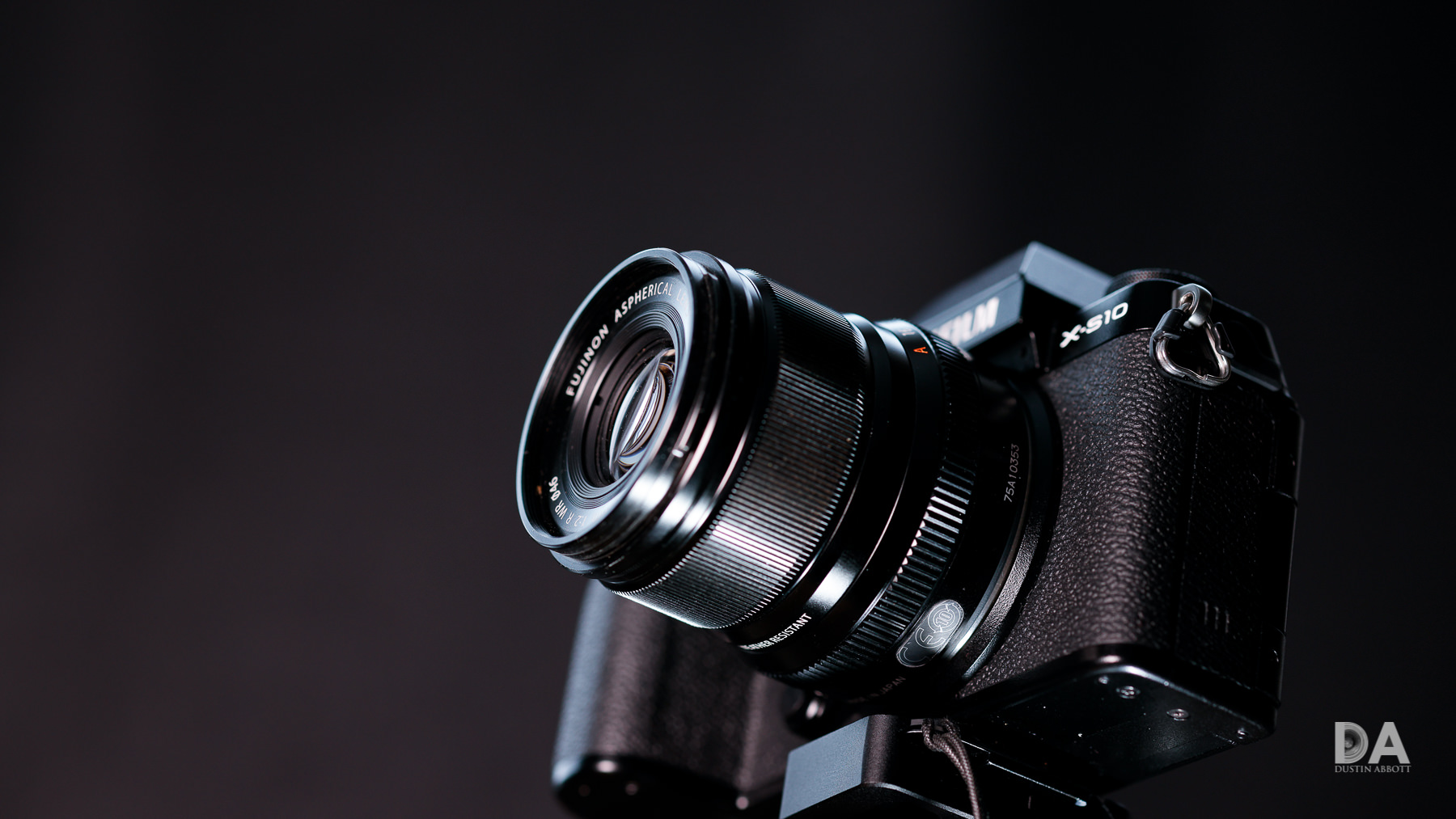

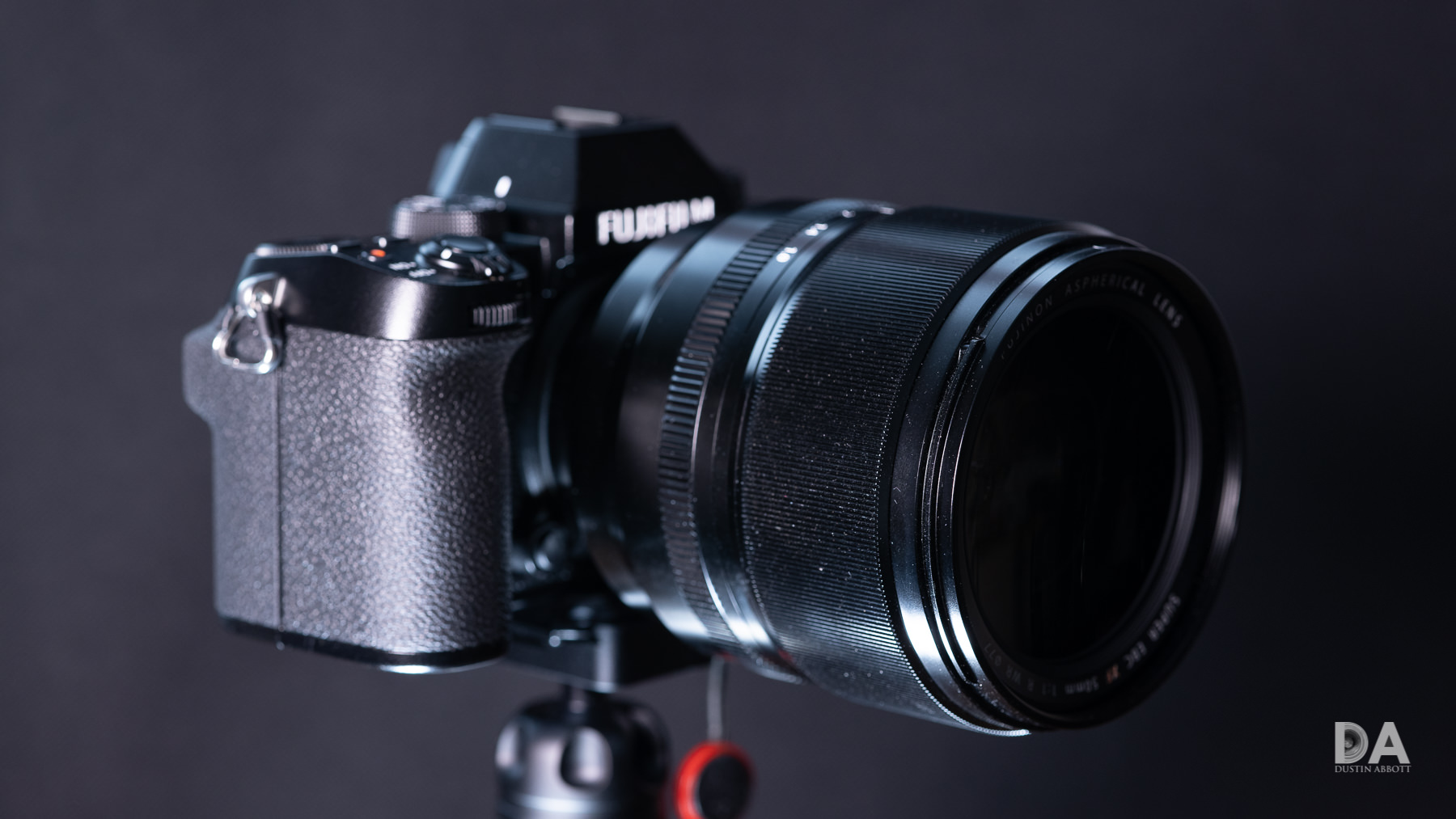

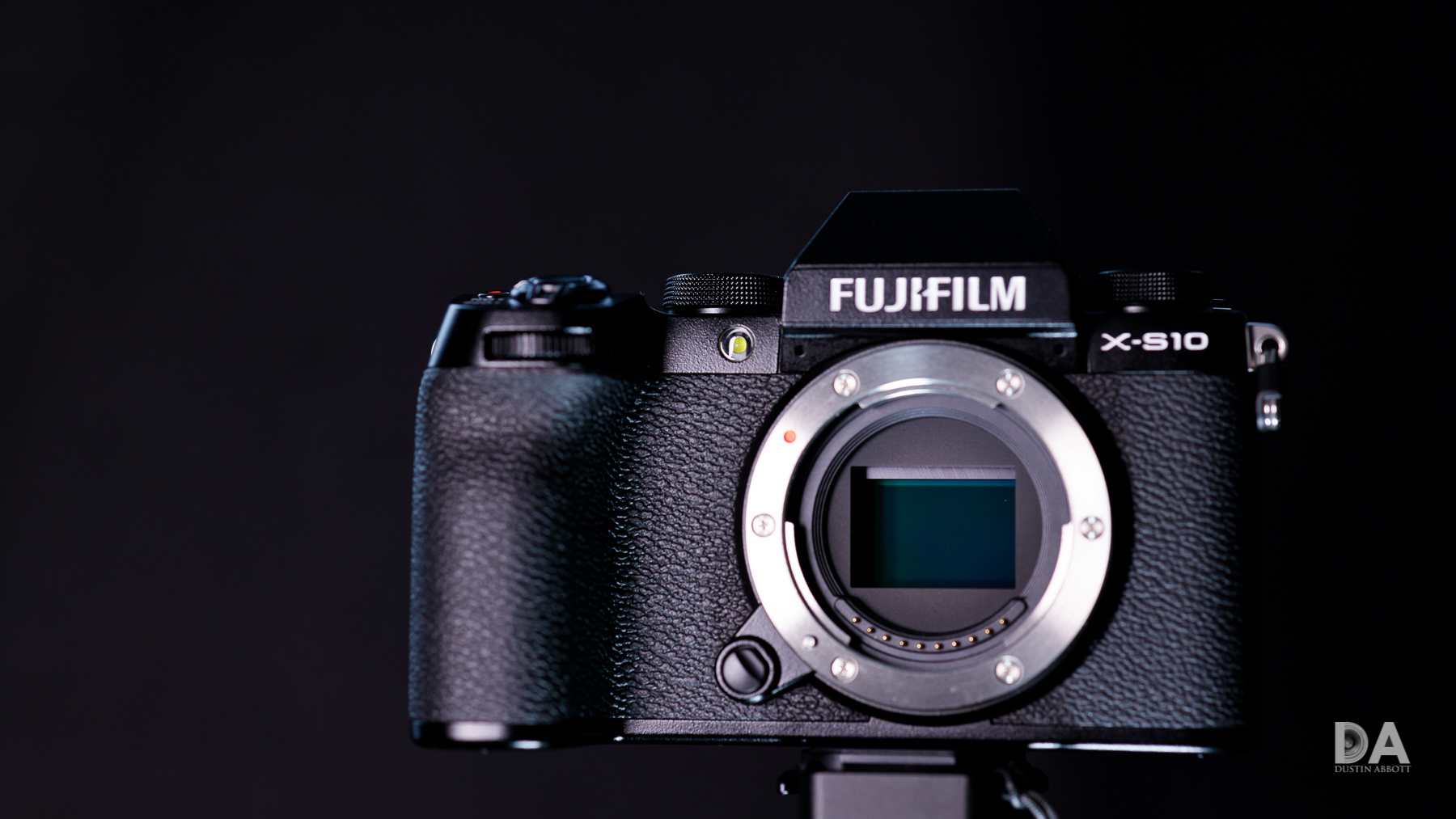

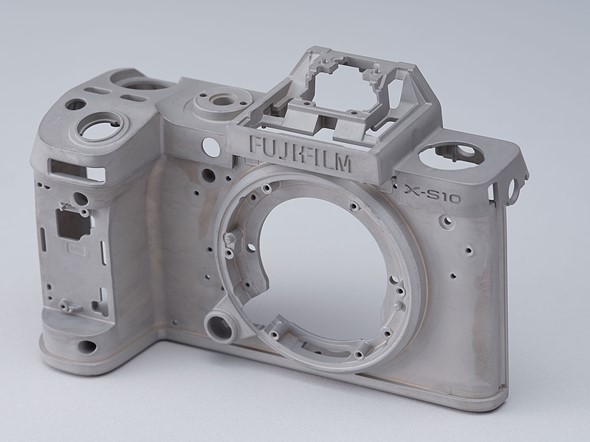
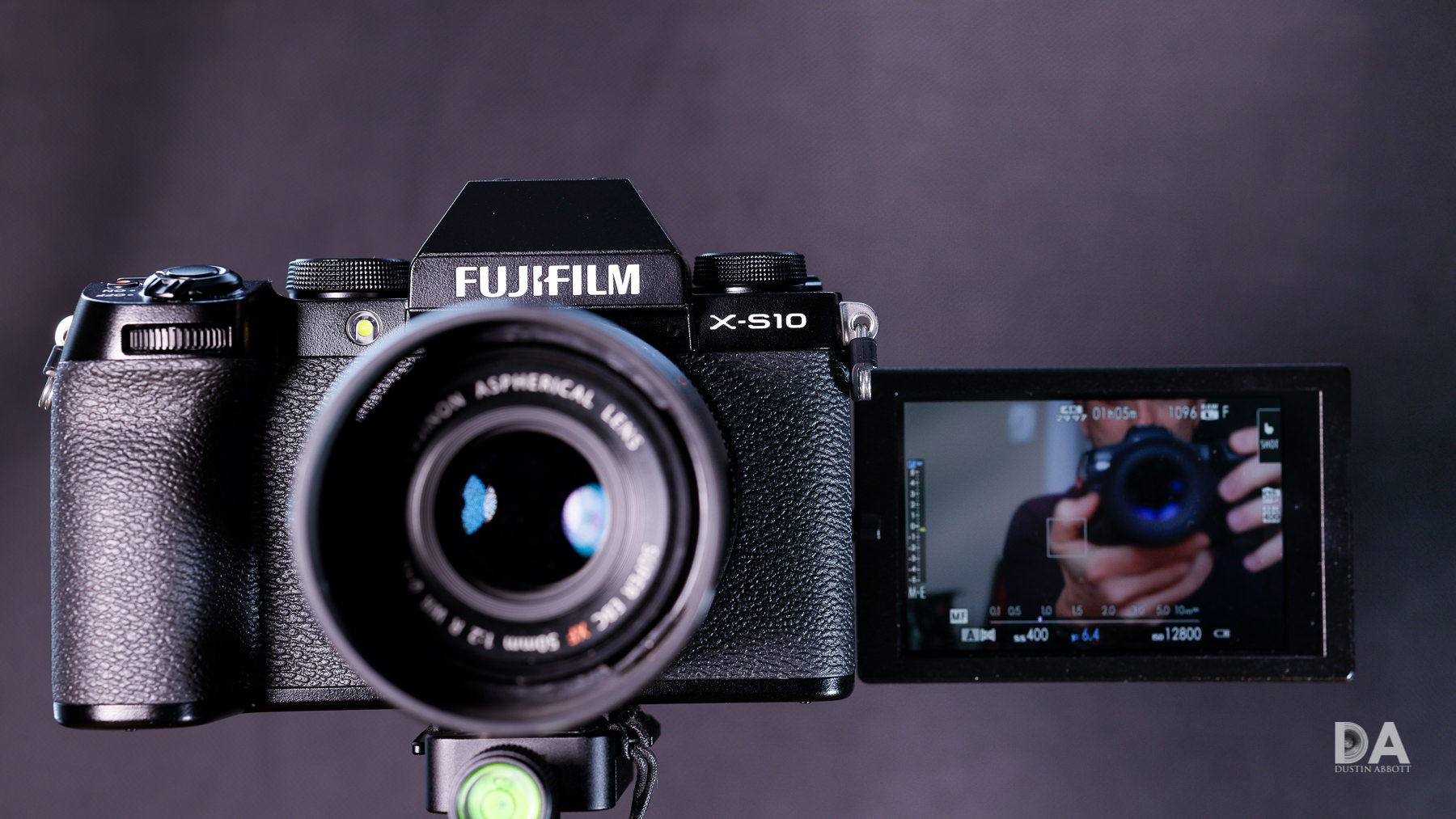
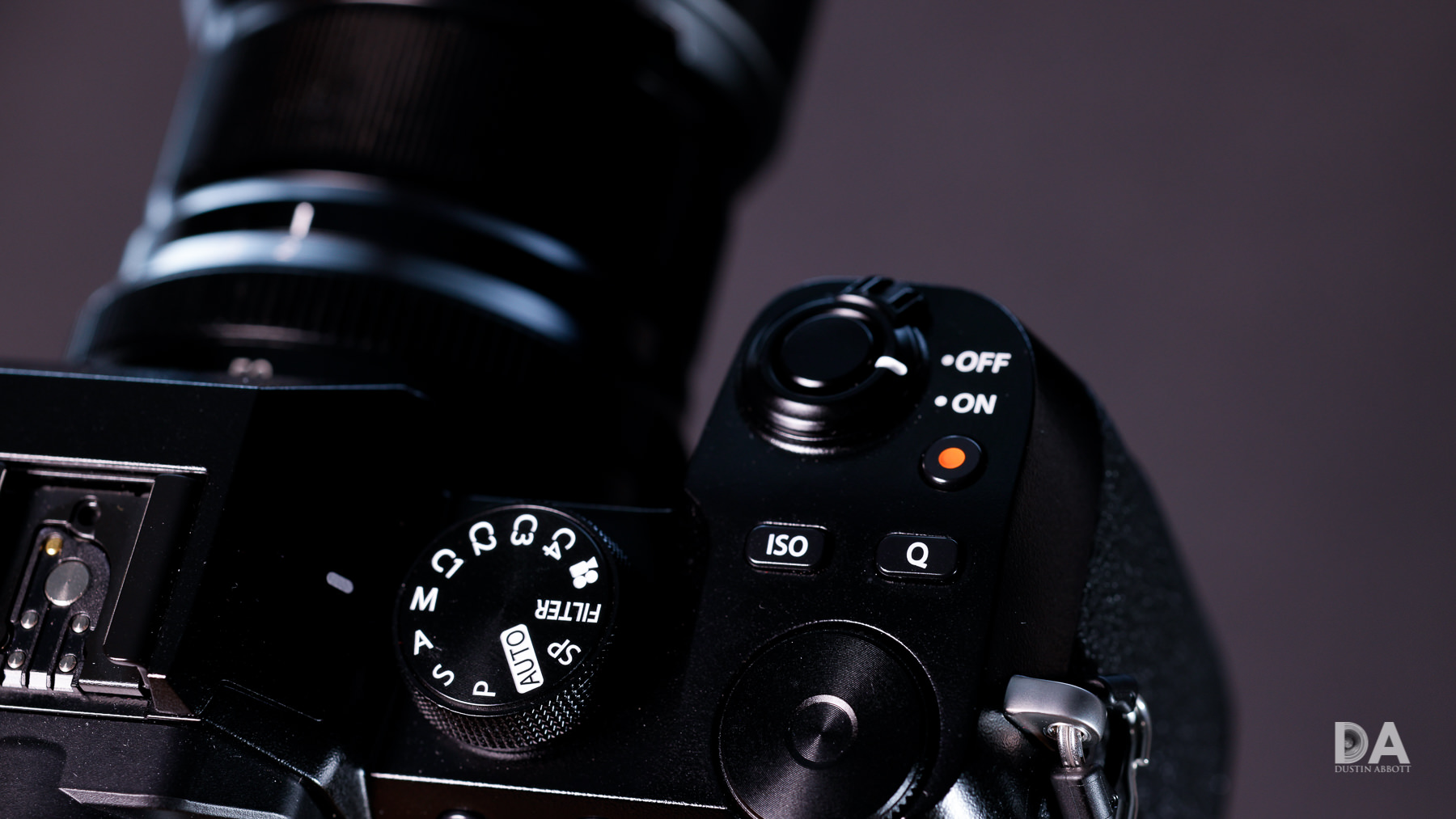
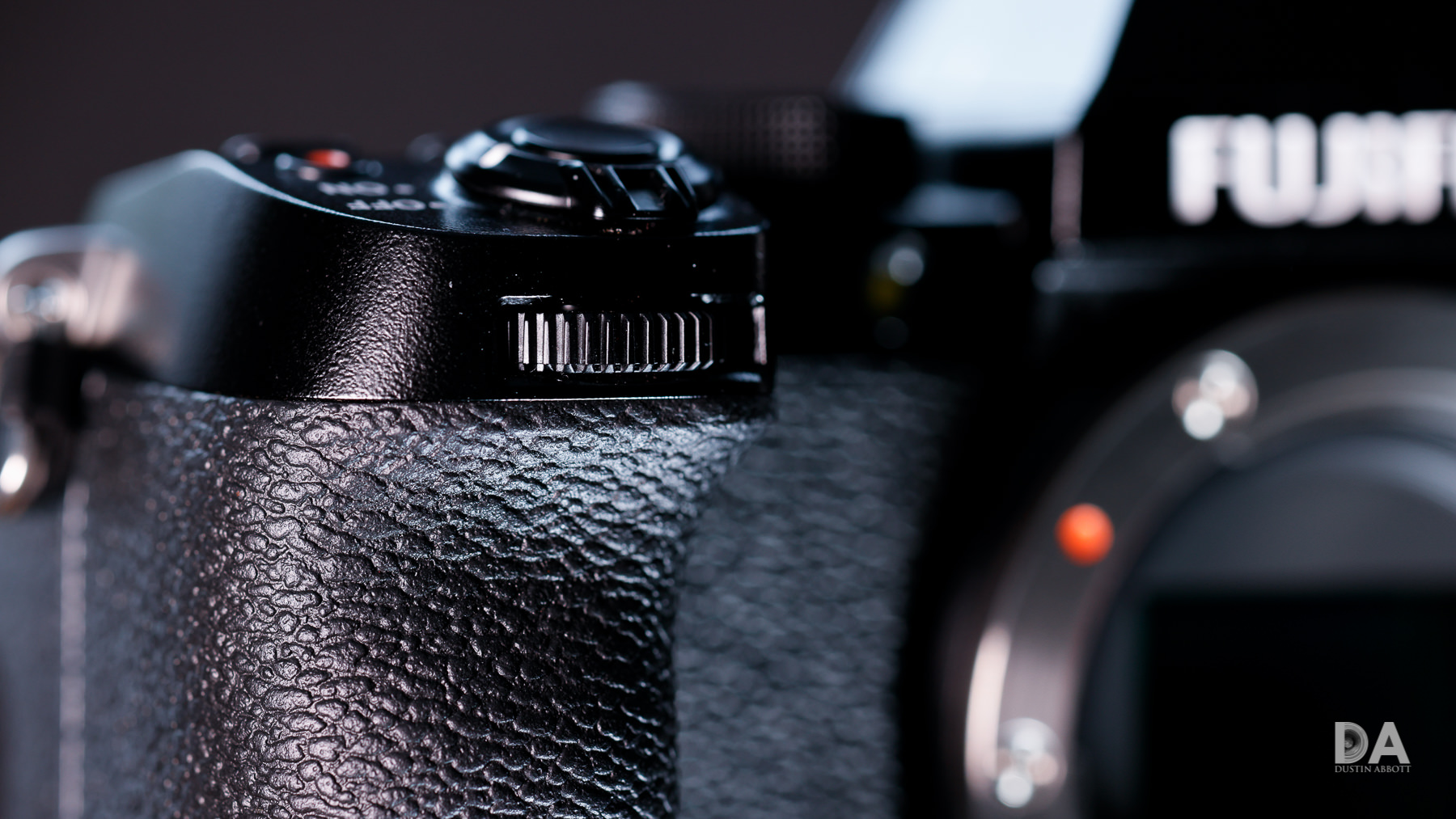
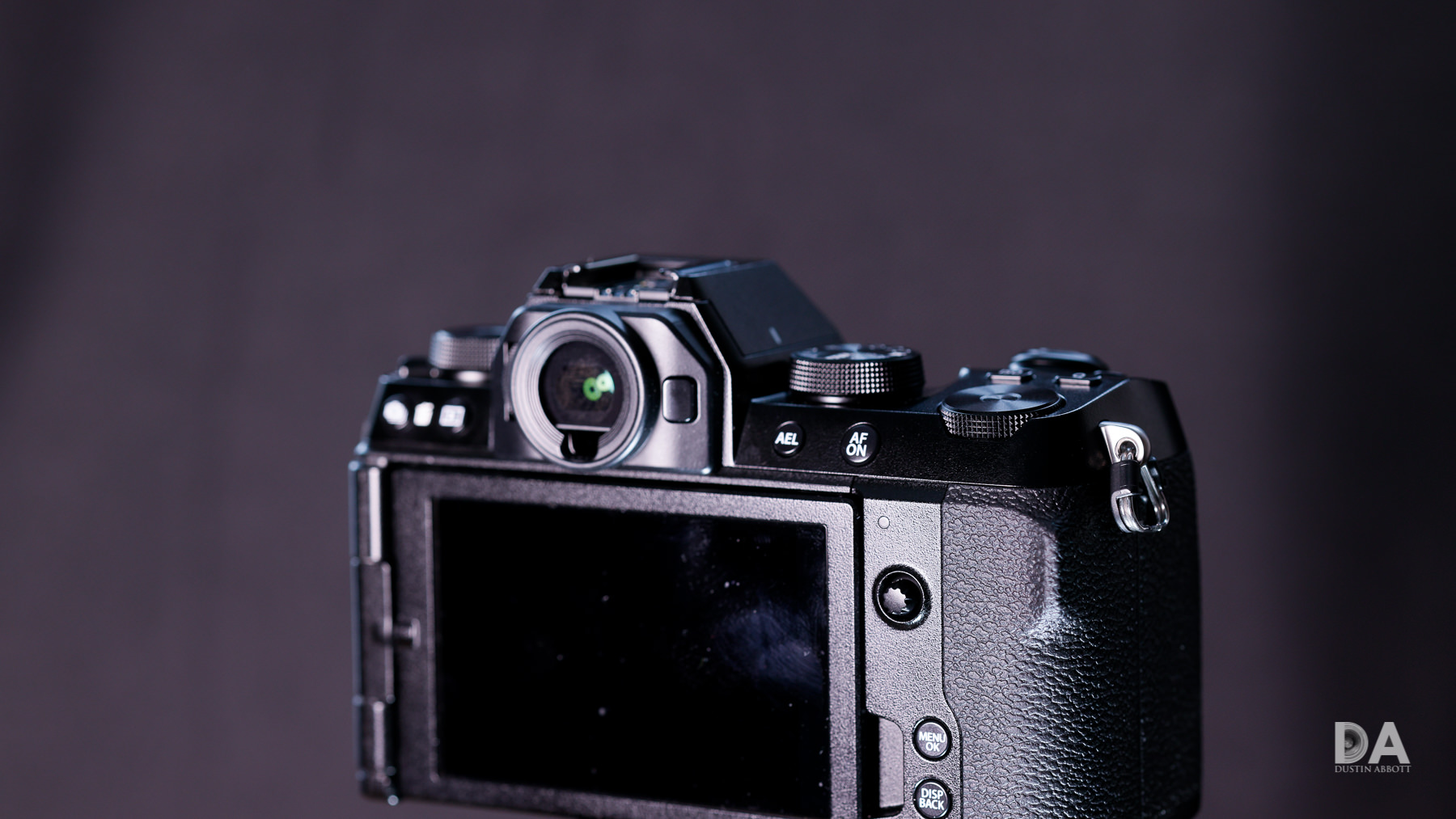
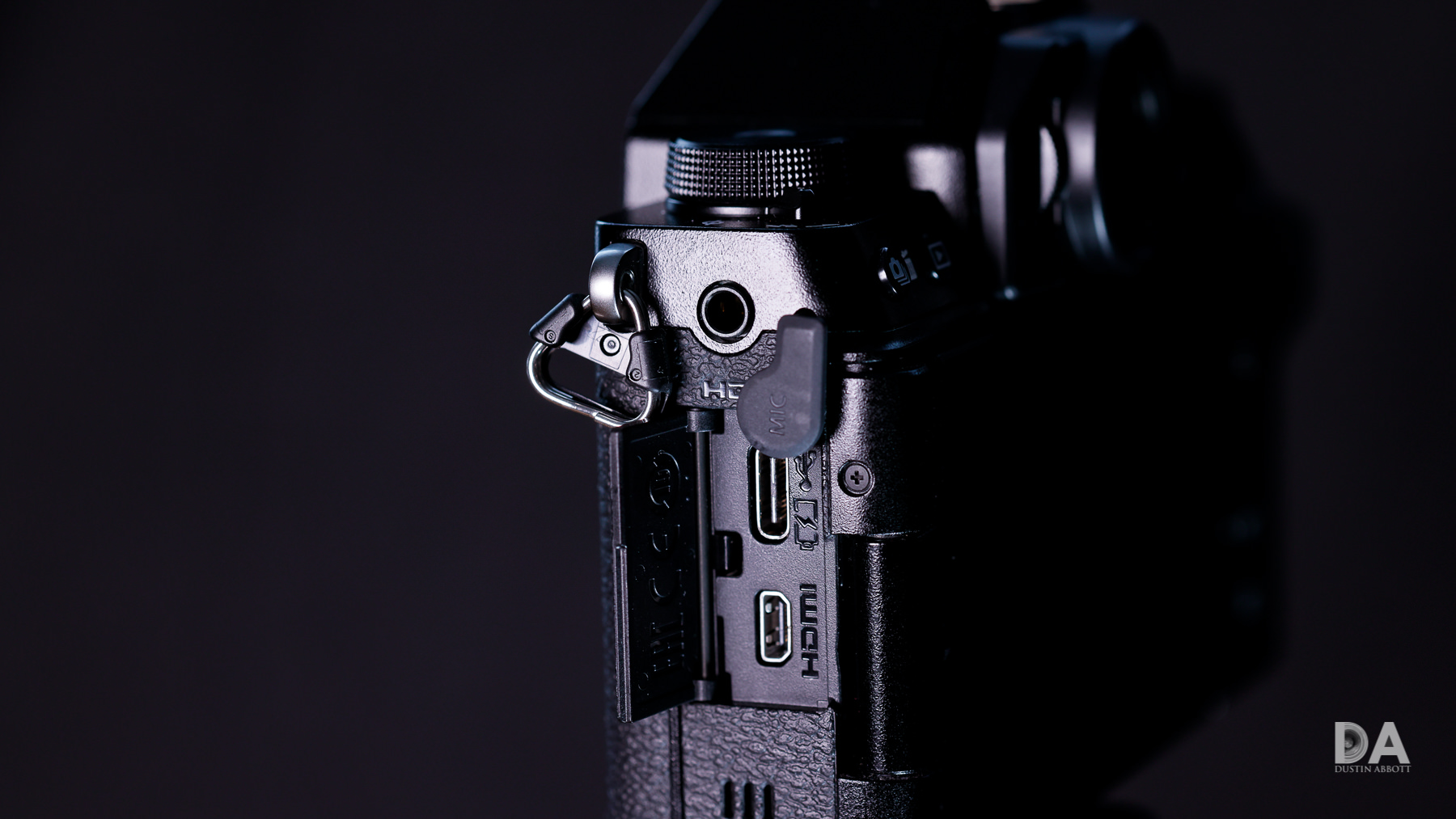
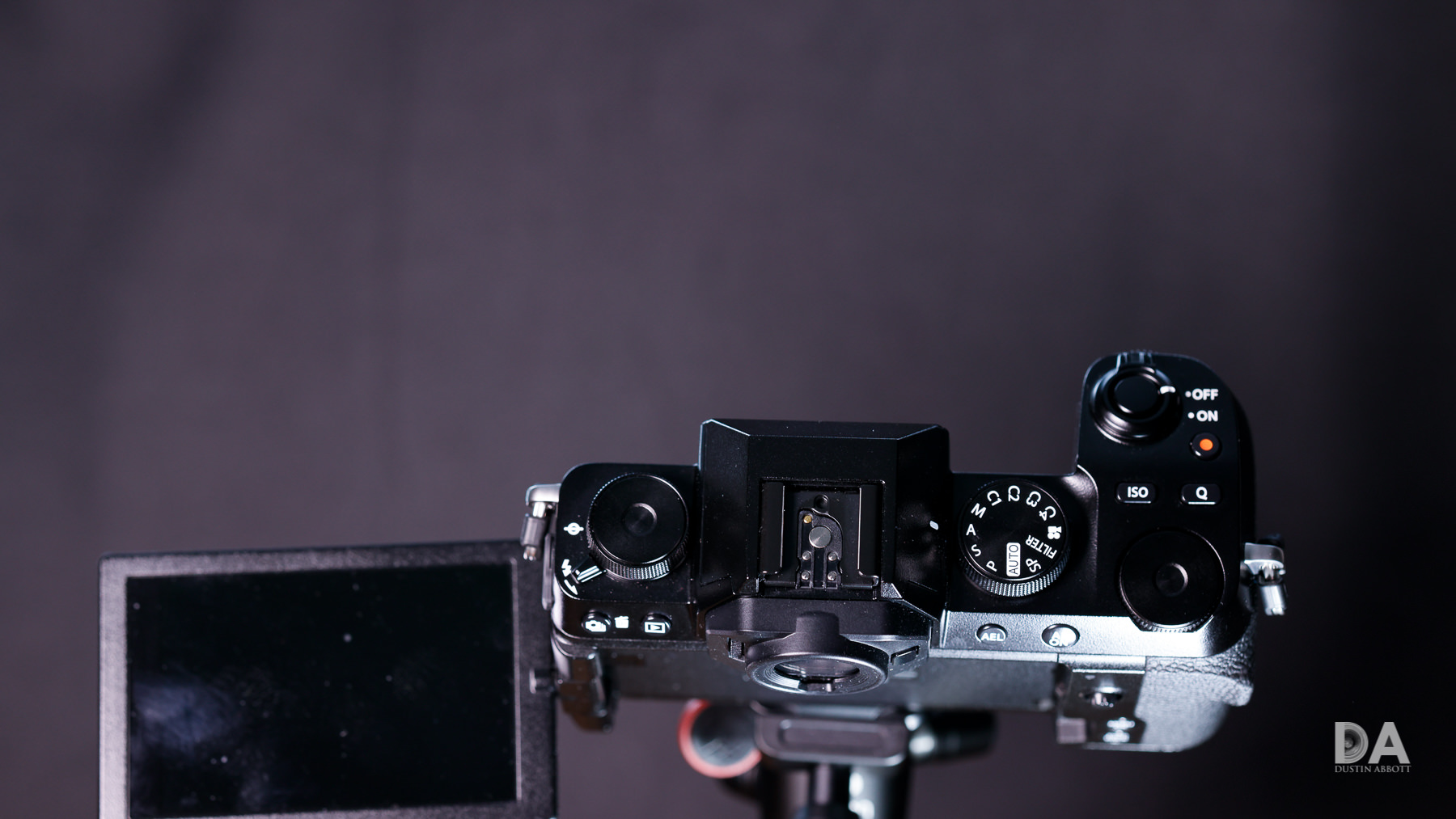
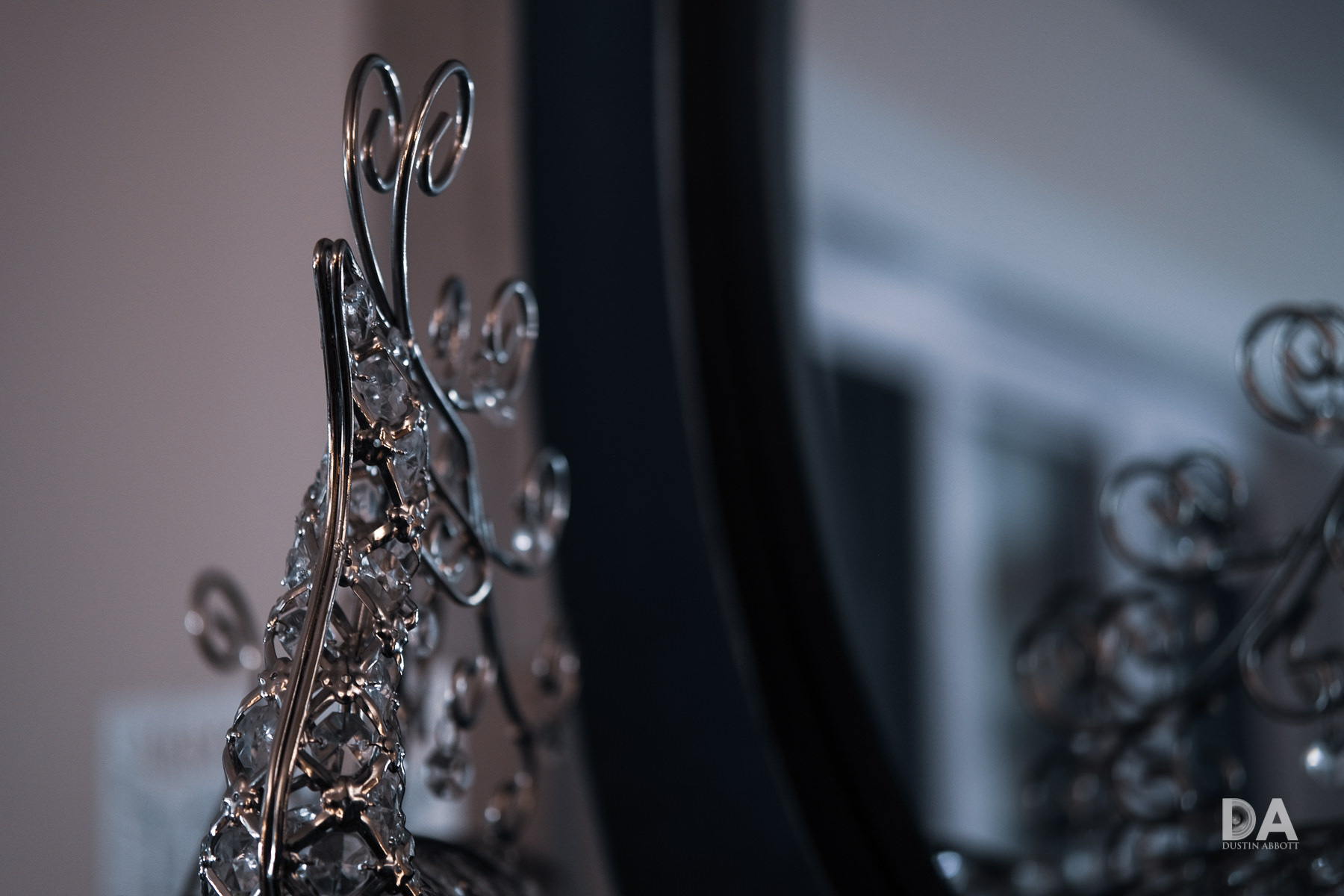
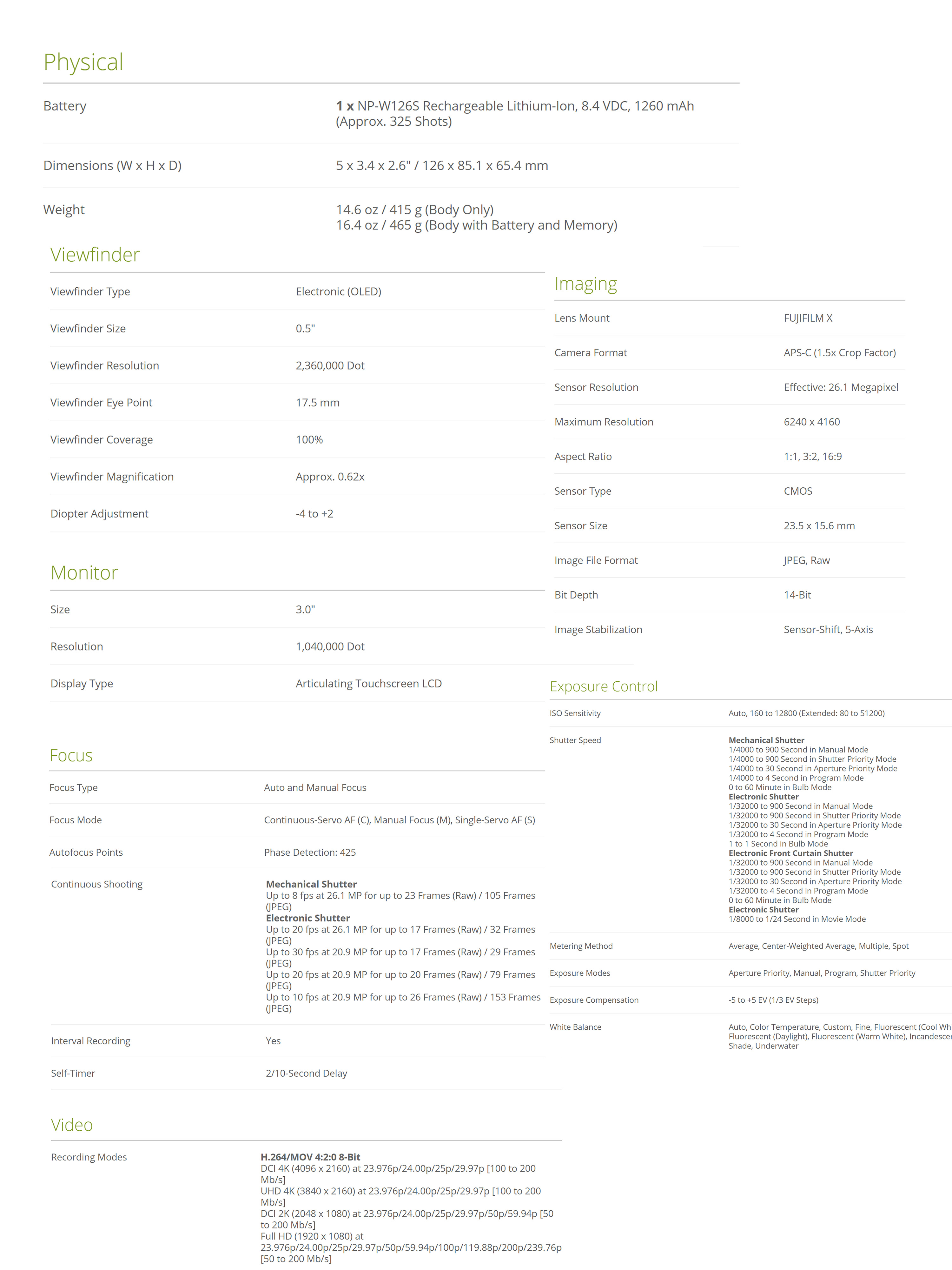
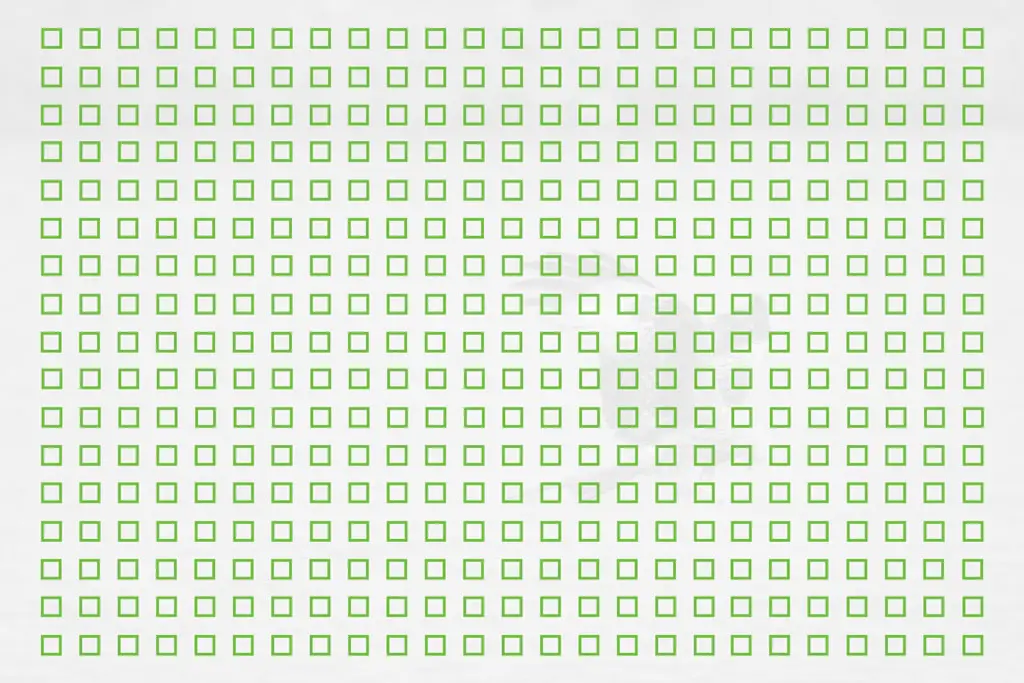










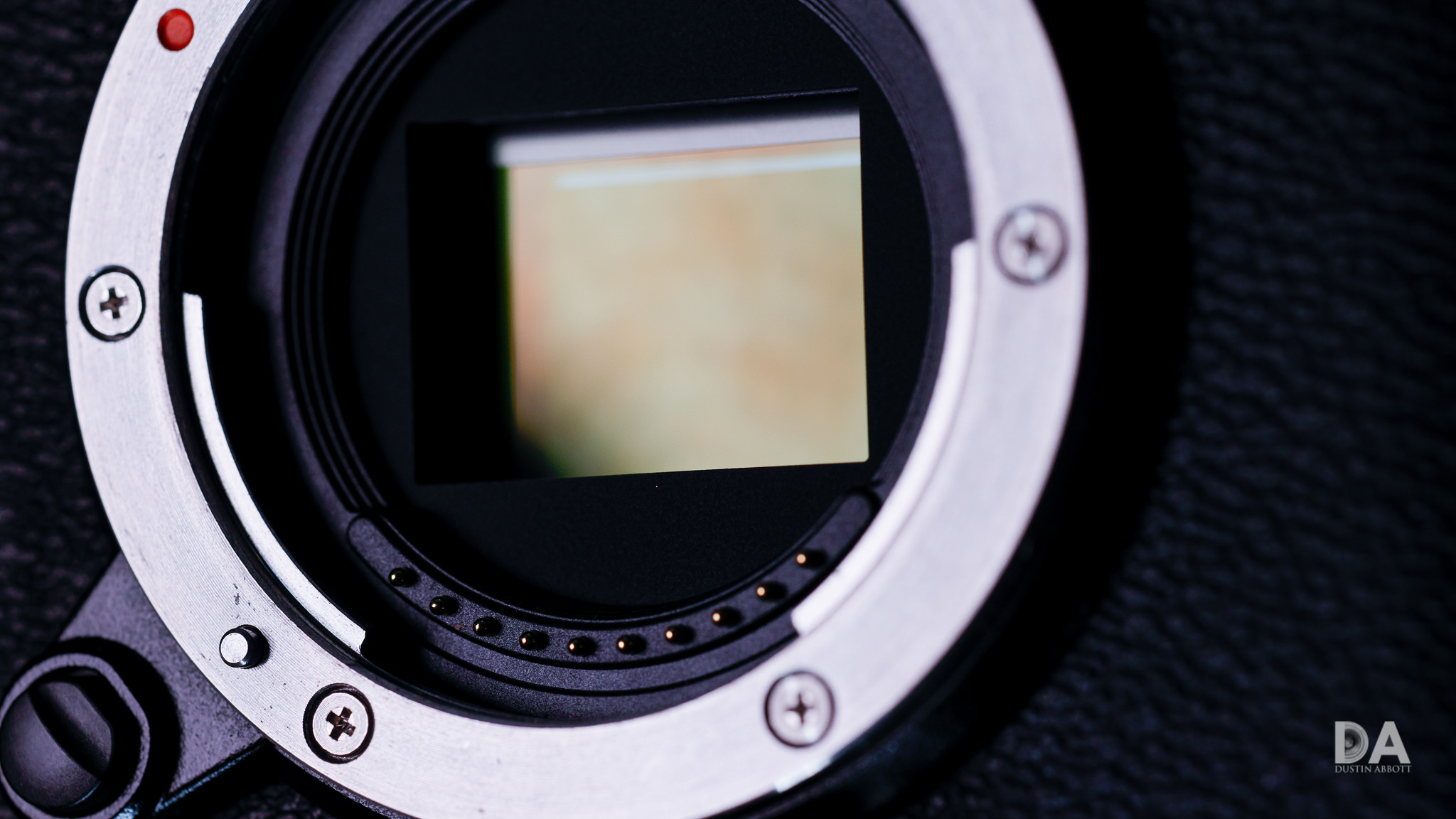

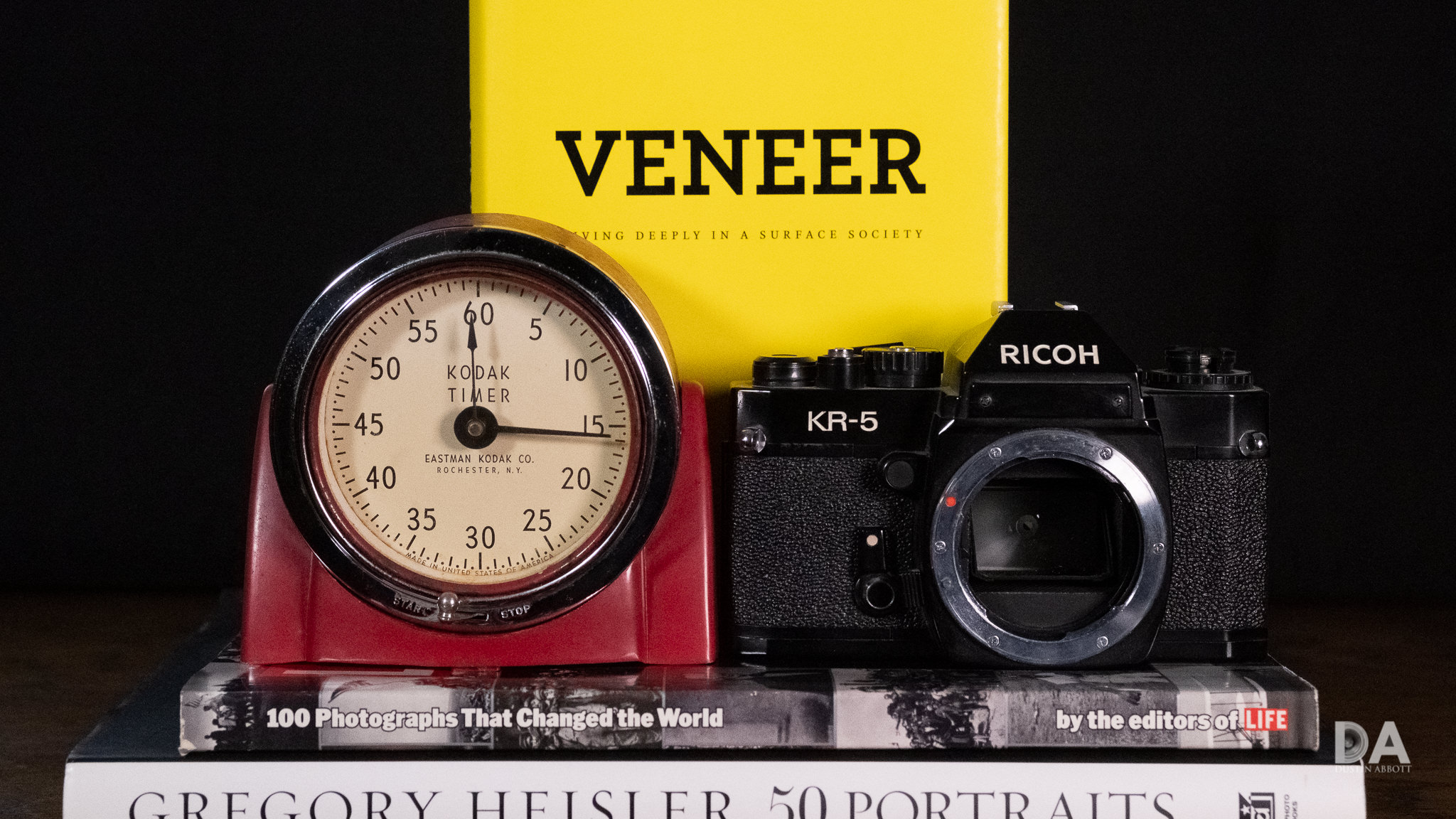
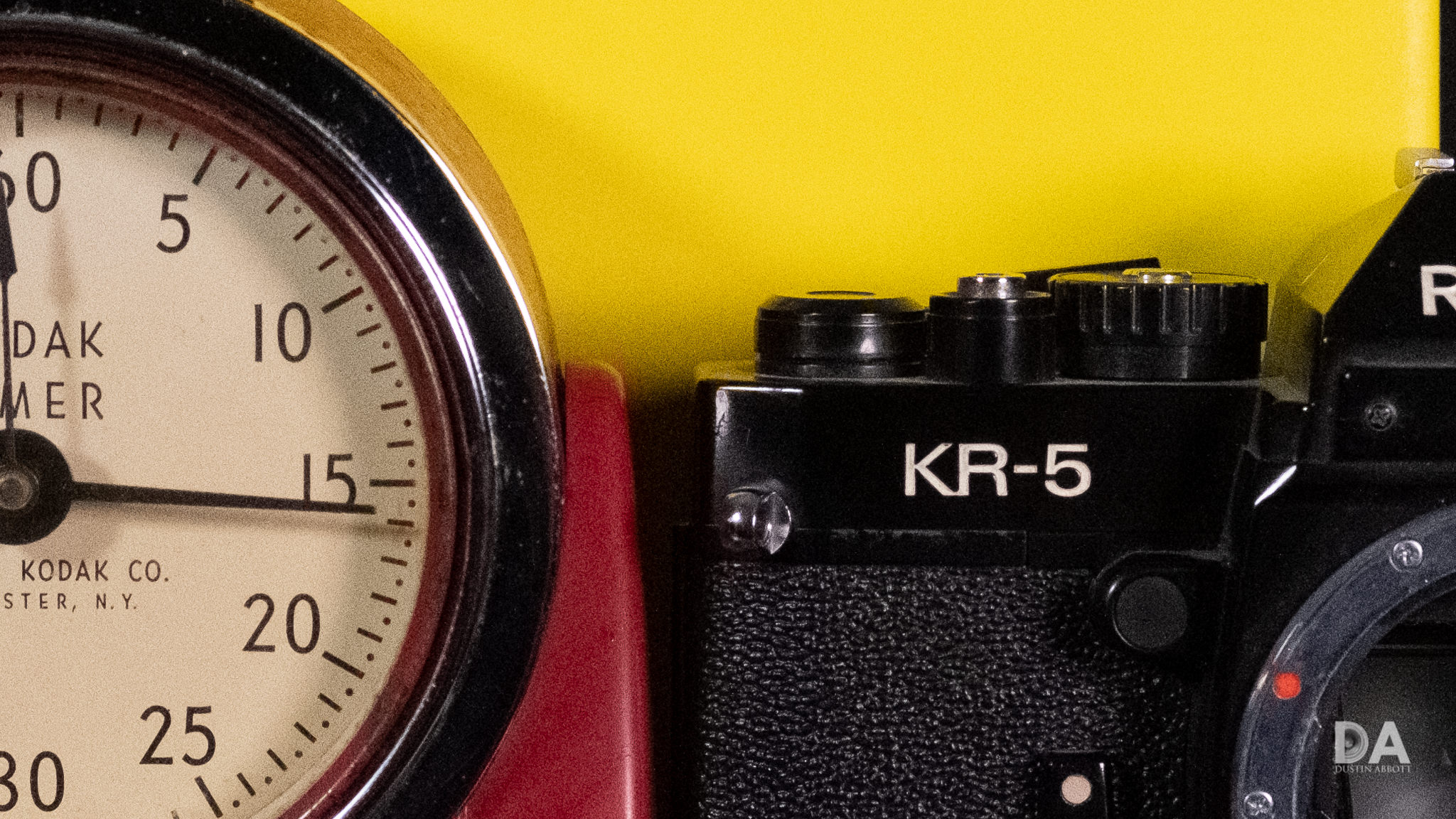
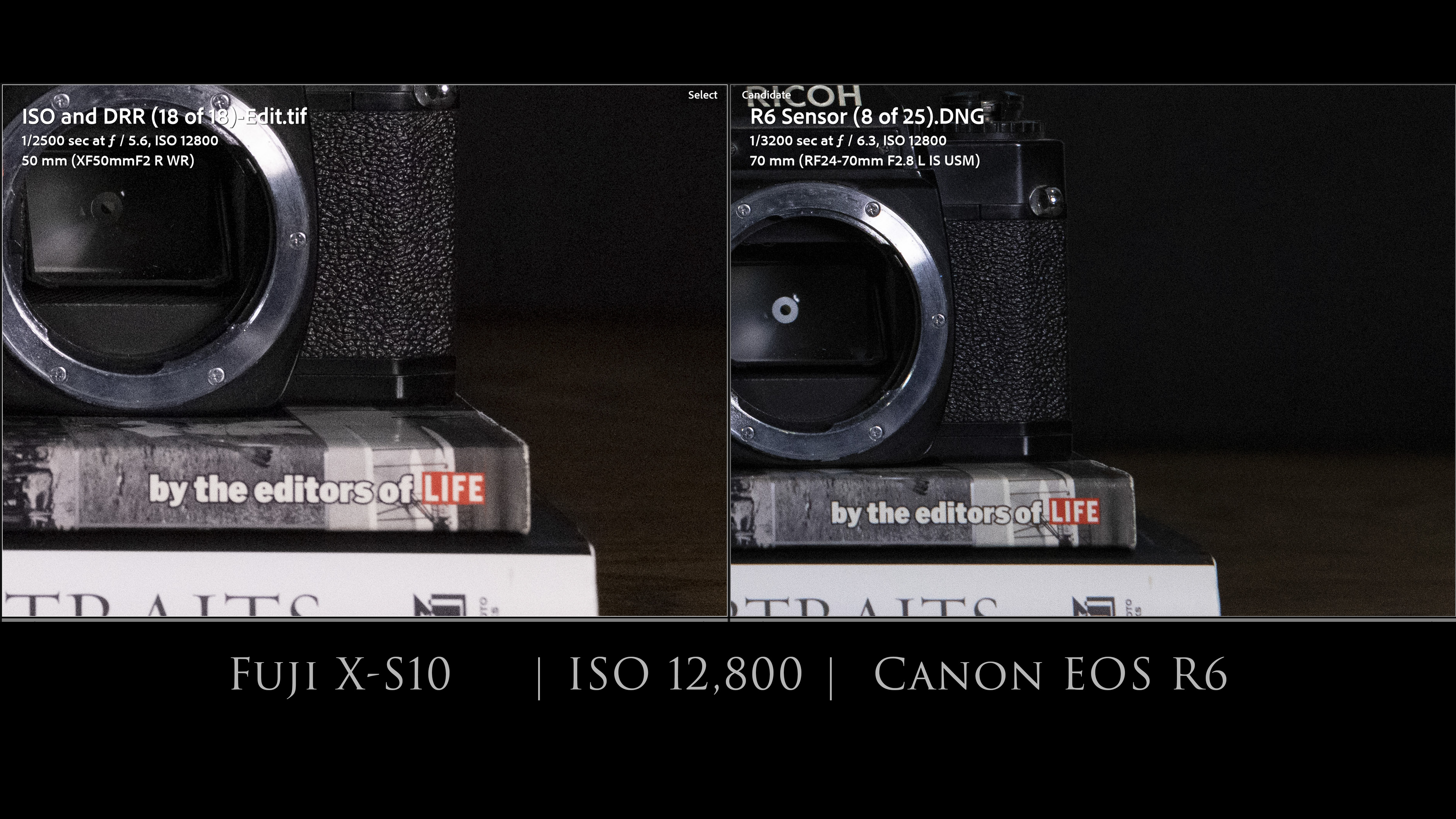
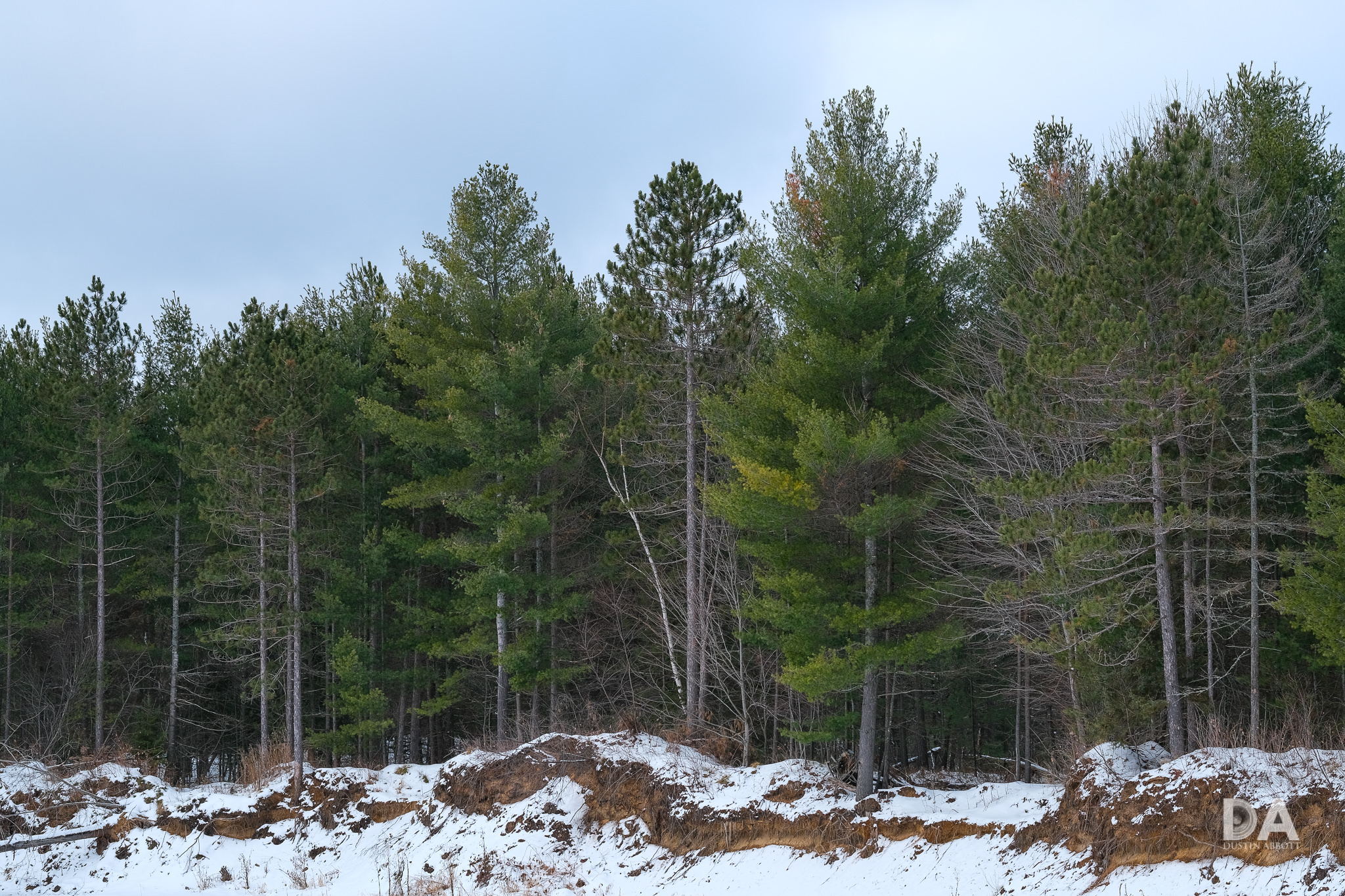
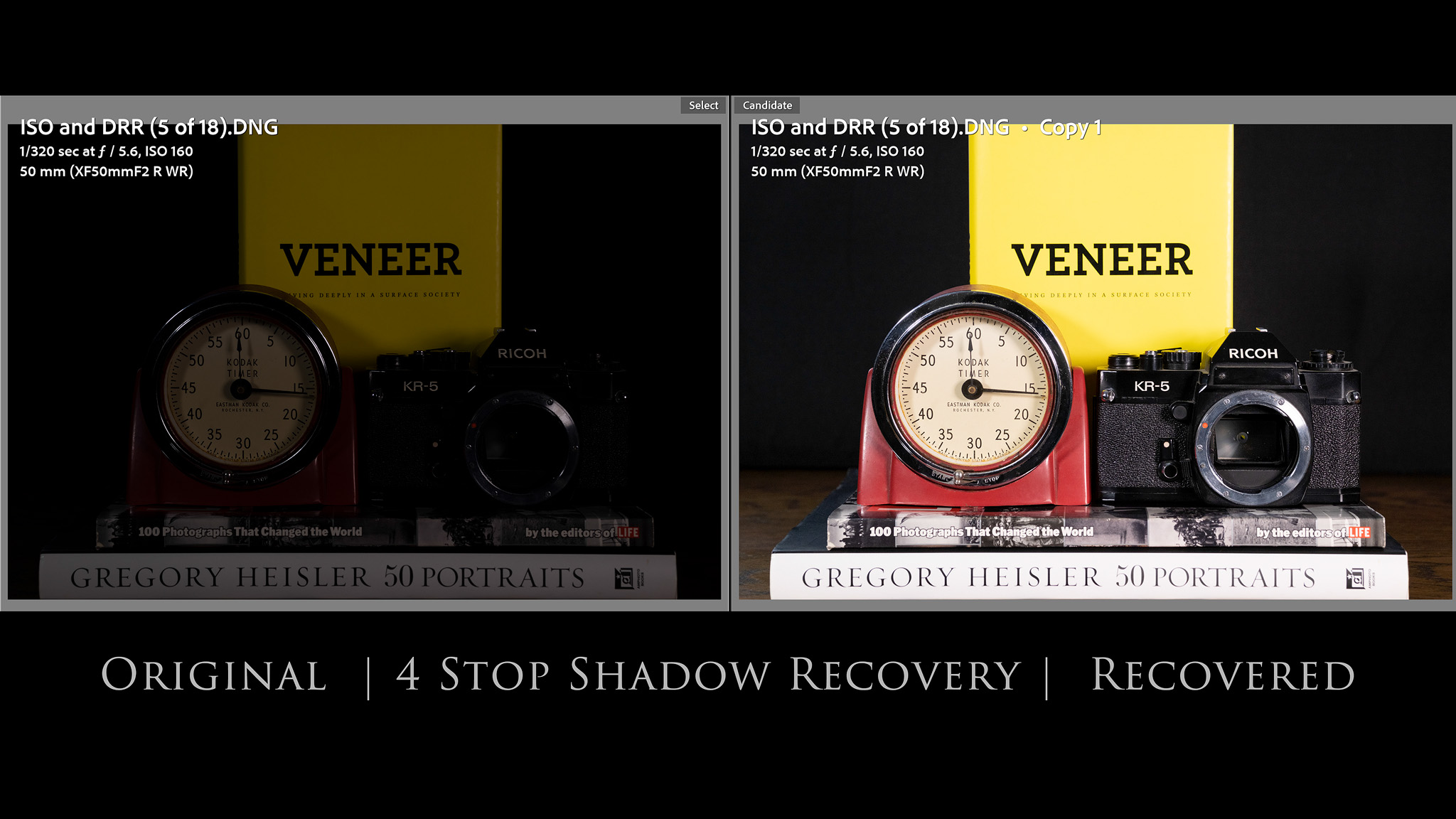
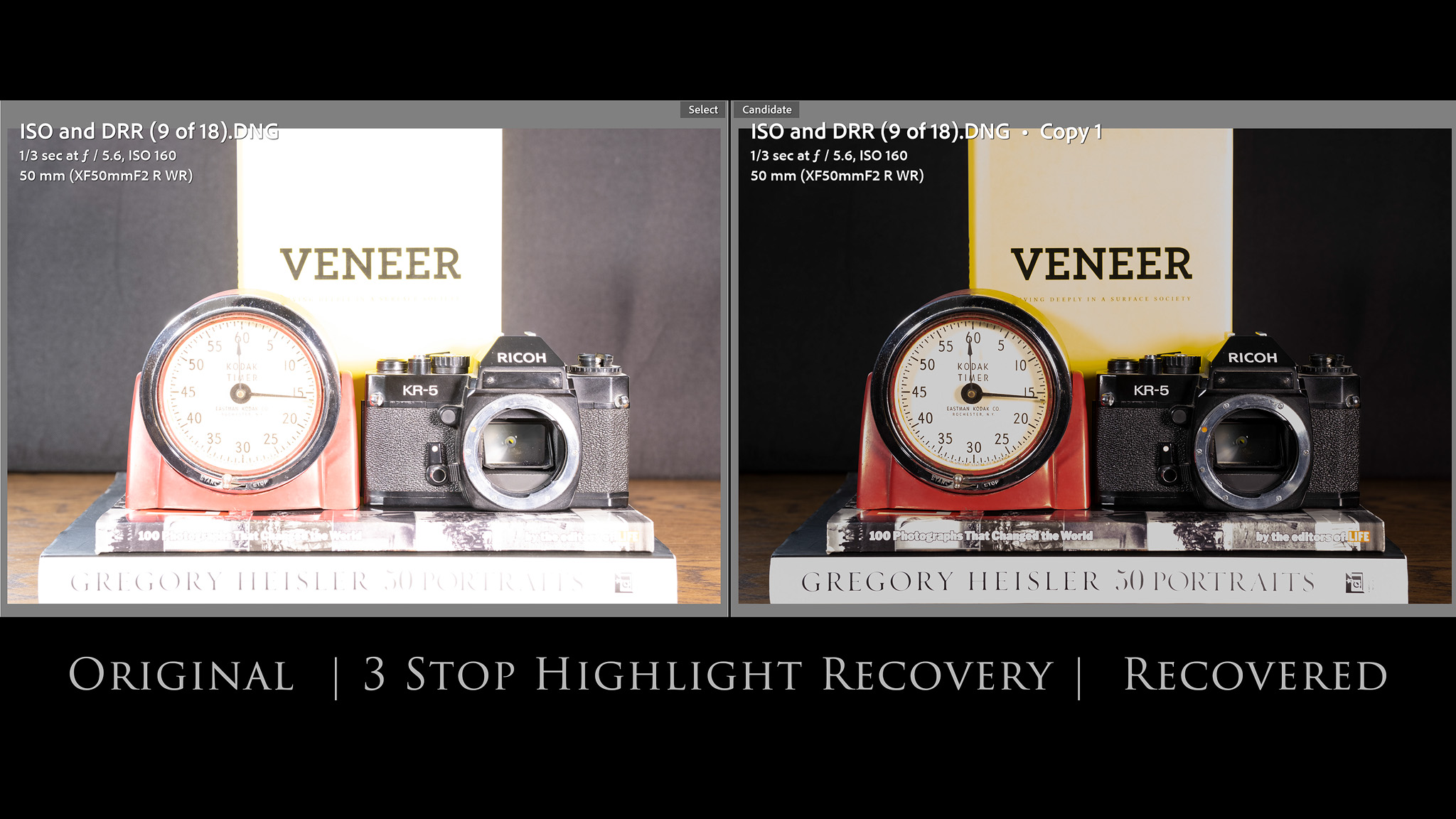
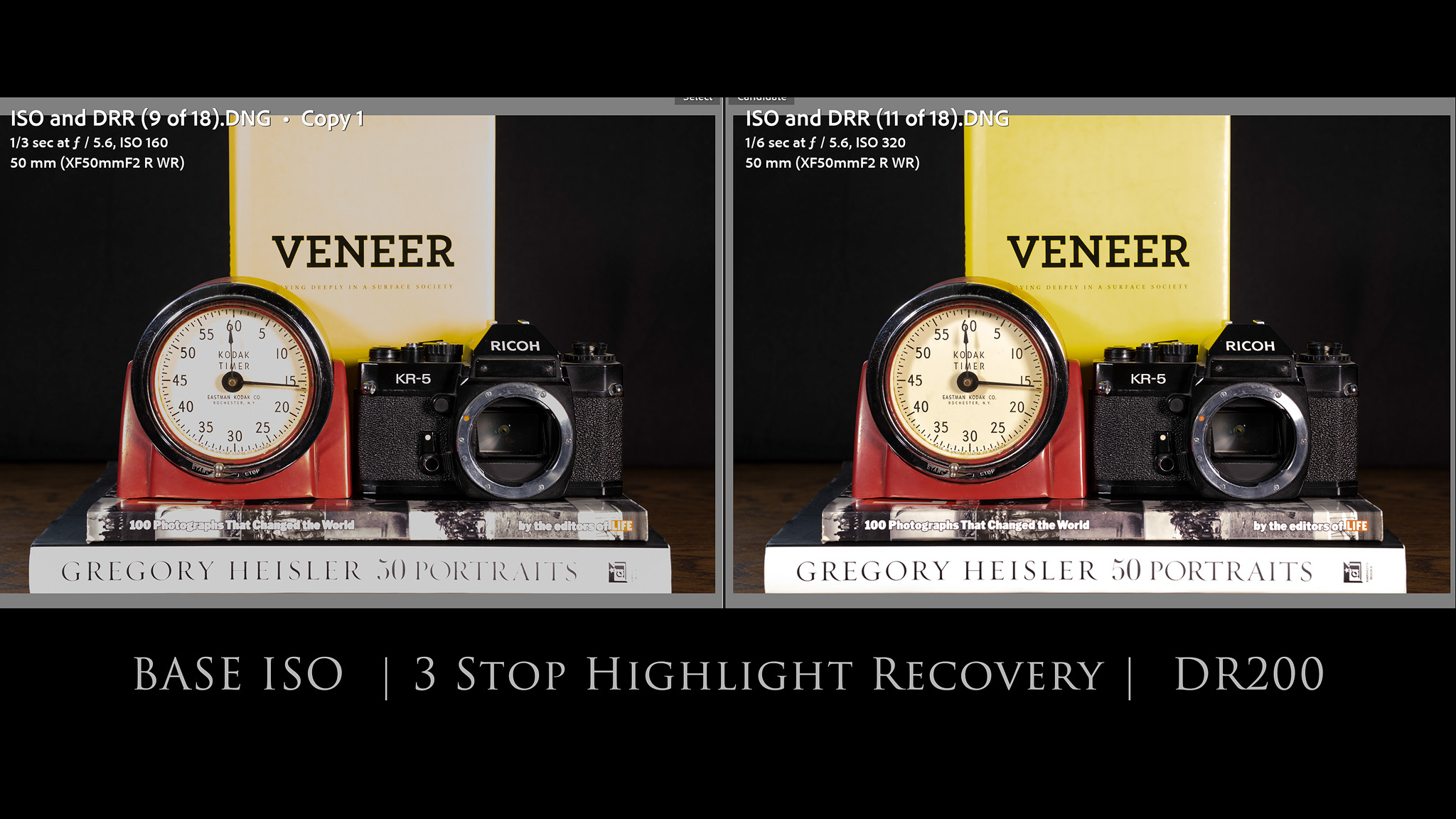

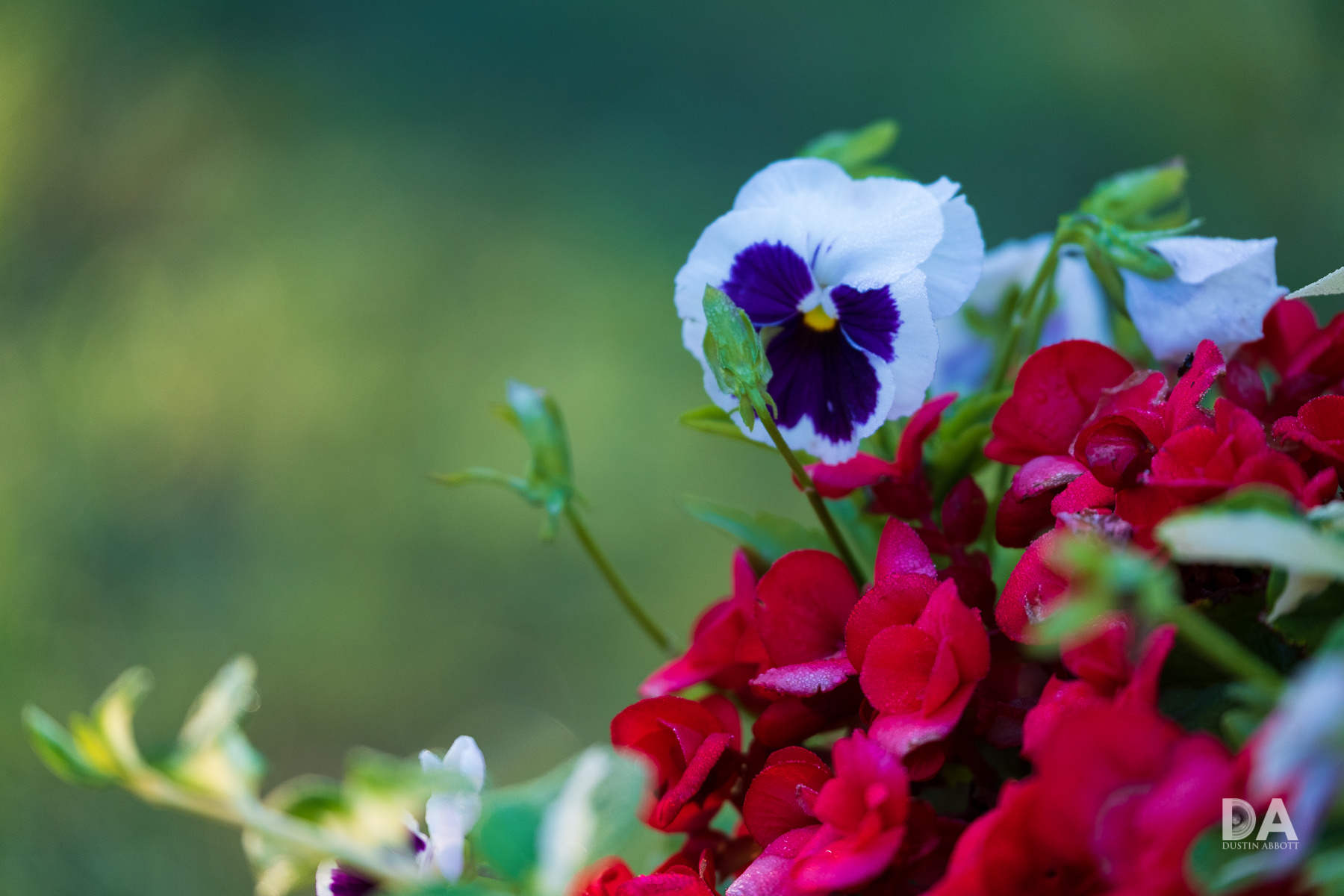
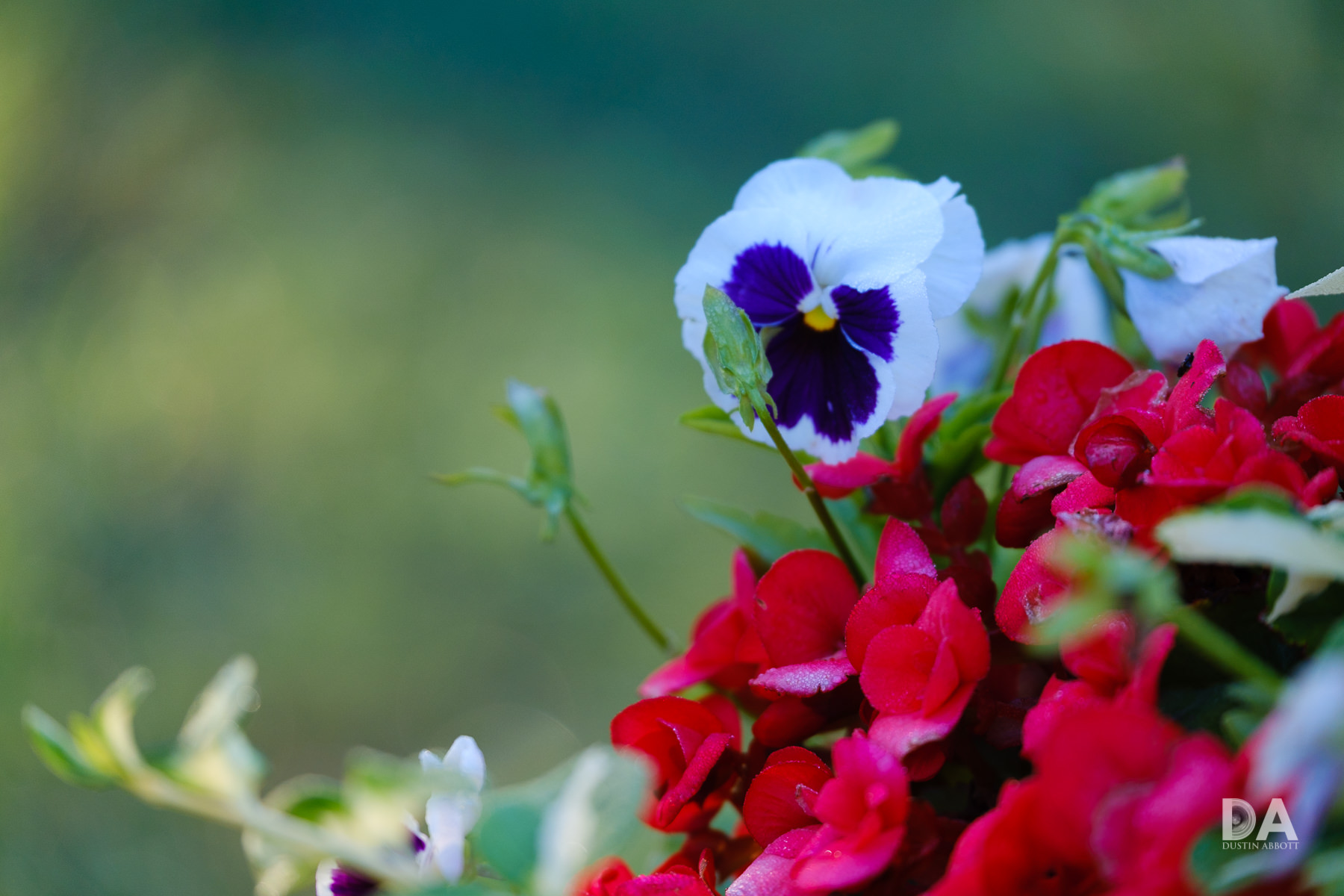
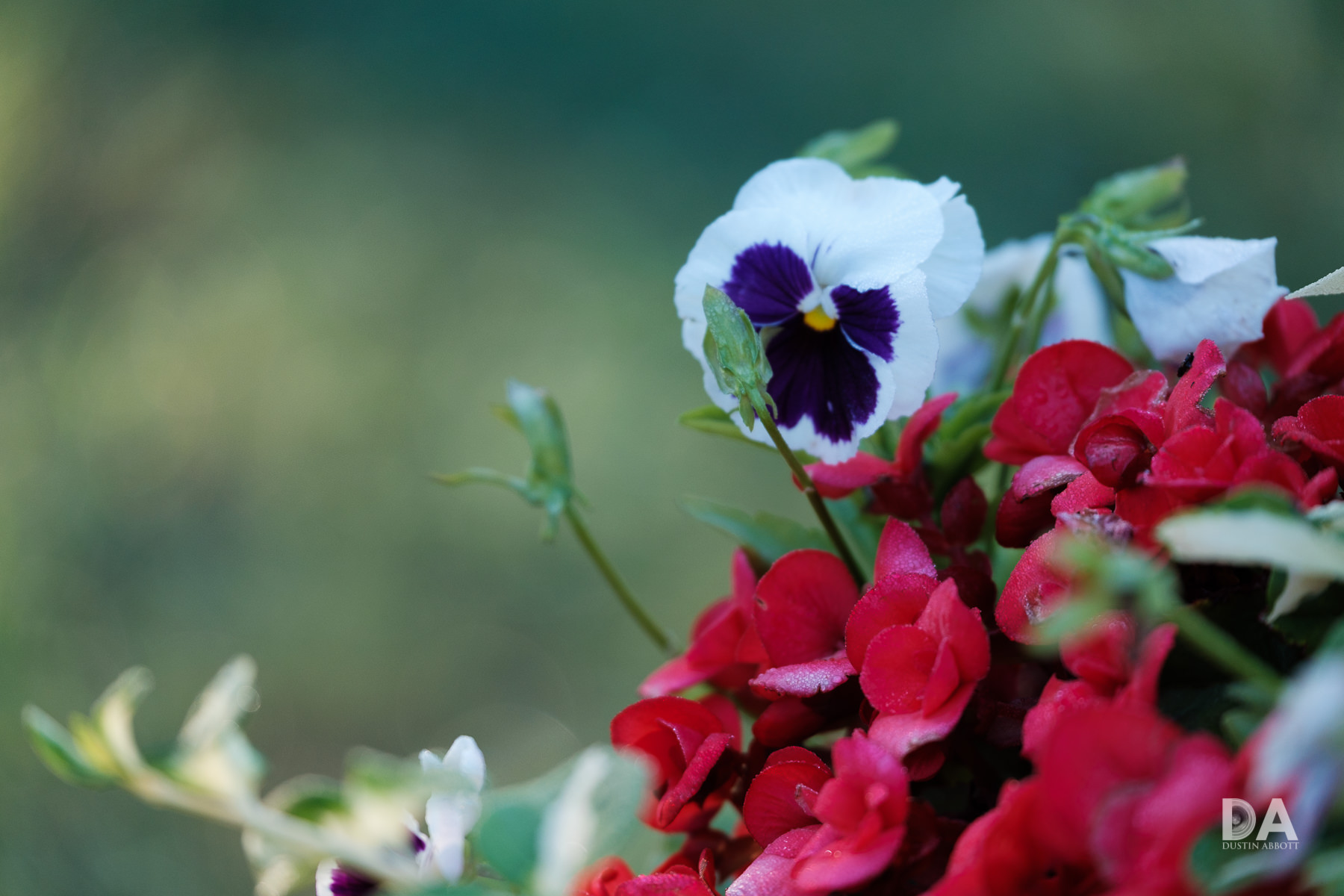

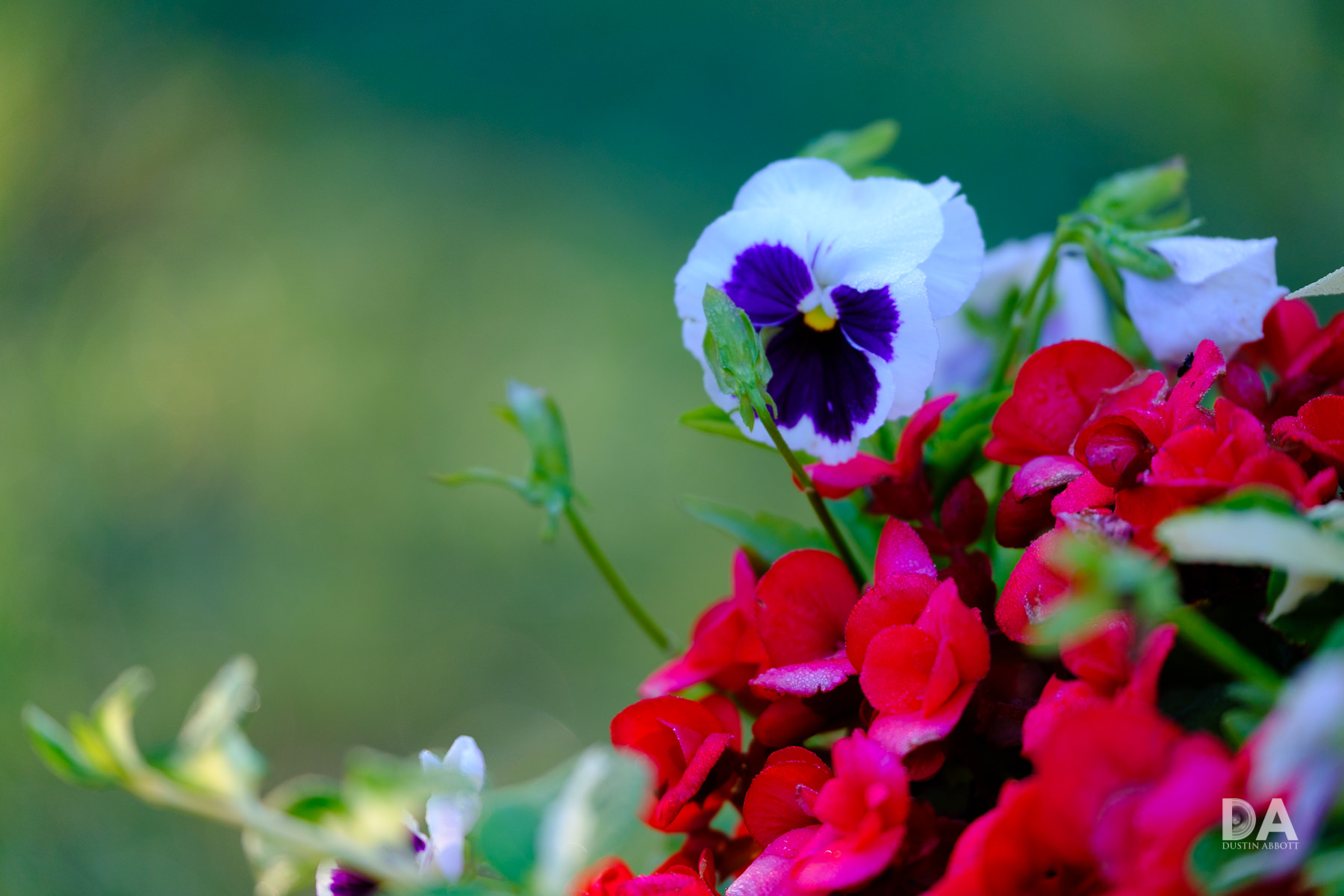
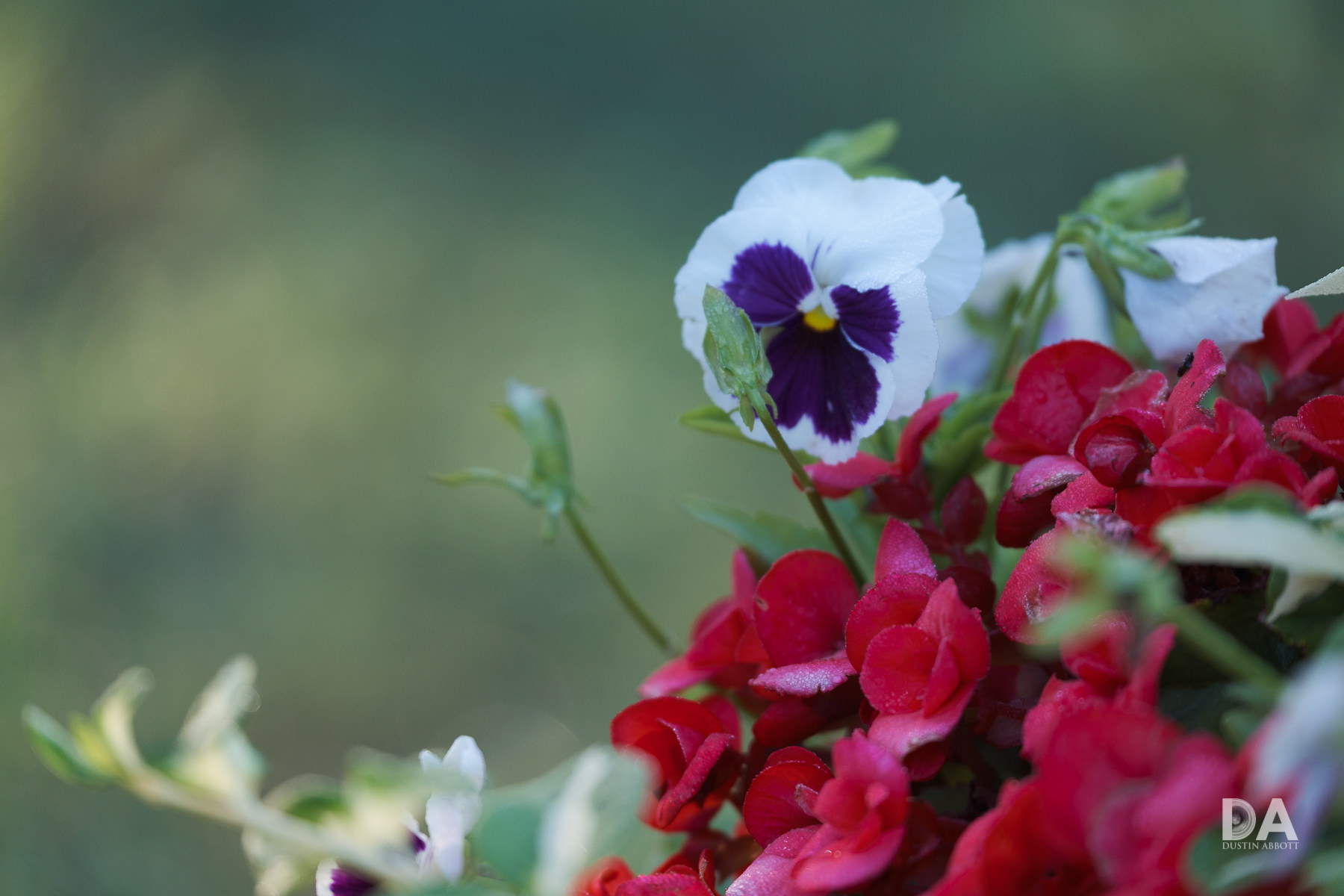










 Nikkor Z 35mm F1.2 S Review
Nikkor Z 35mm F1.2 S Review  Kase AF 85mm F1.4 Review
Kase AF 85mm F1.4 Review  Fujifilm X-Half Review
Fujifilm X-Half Review  Nikkor Z 35mm F1.8 S Gallery
Nikkor Z 35mm F1.8 S Gallery 


